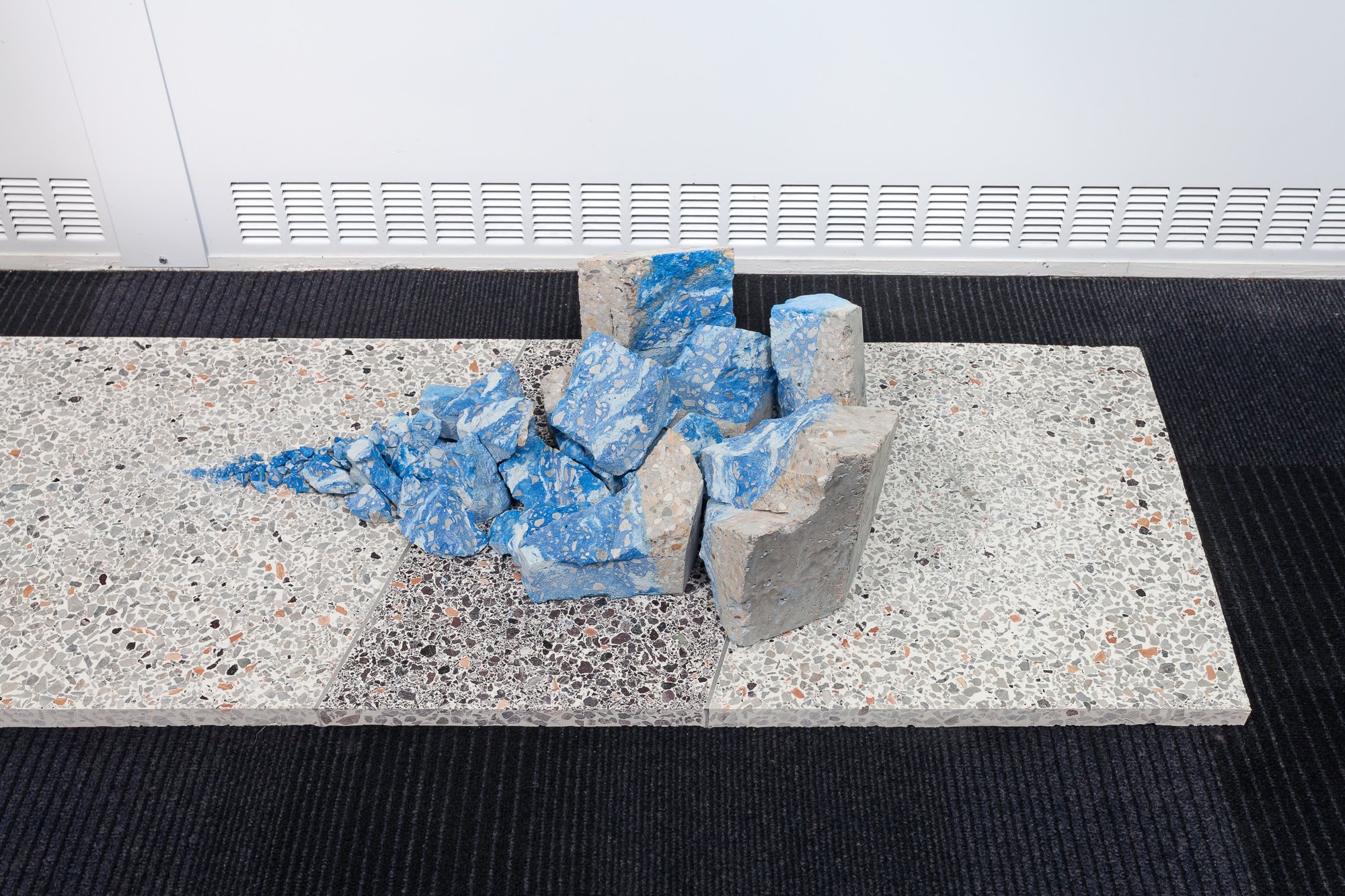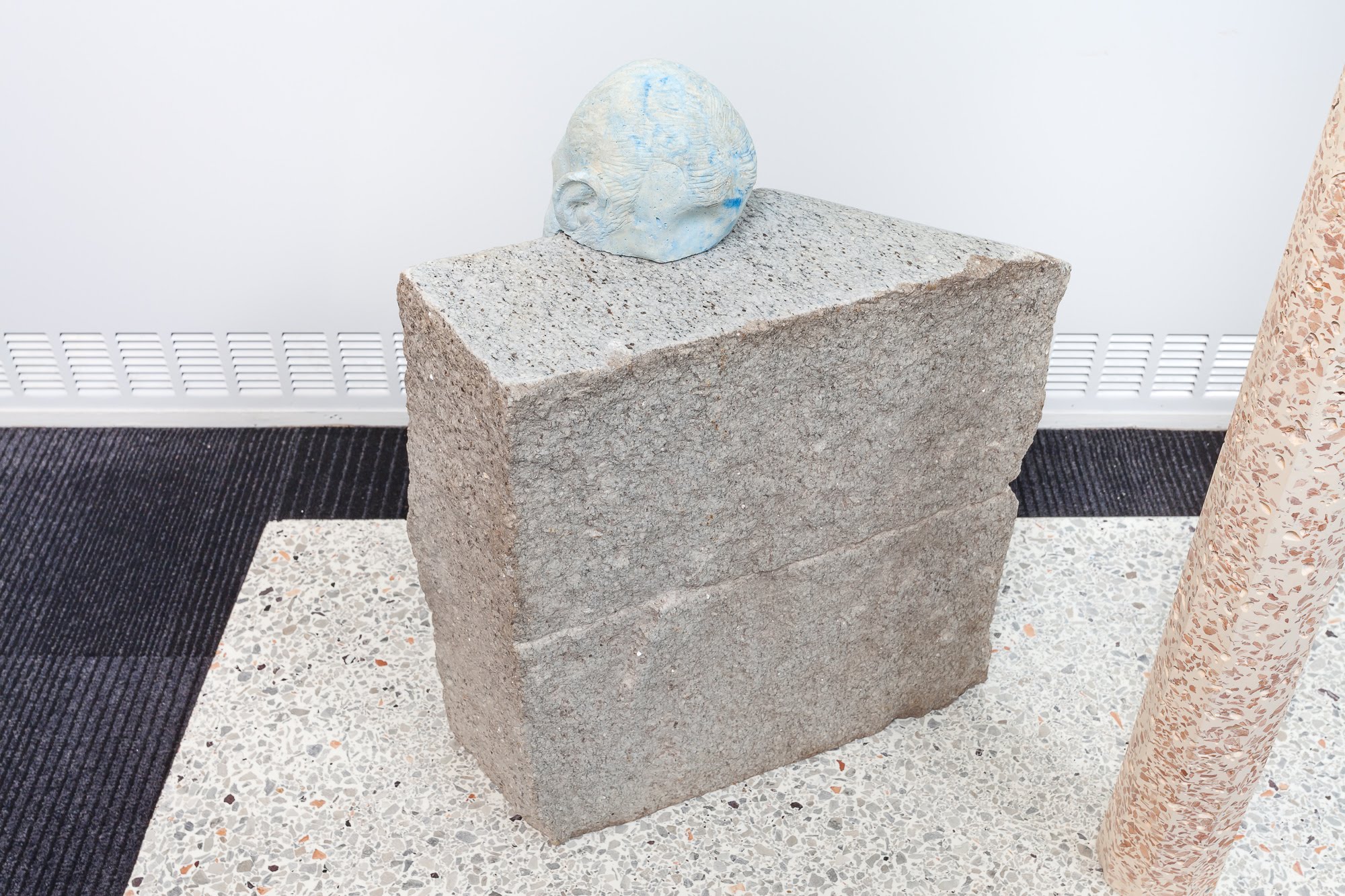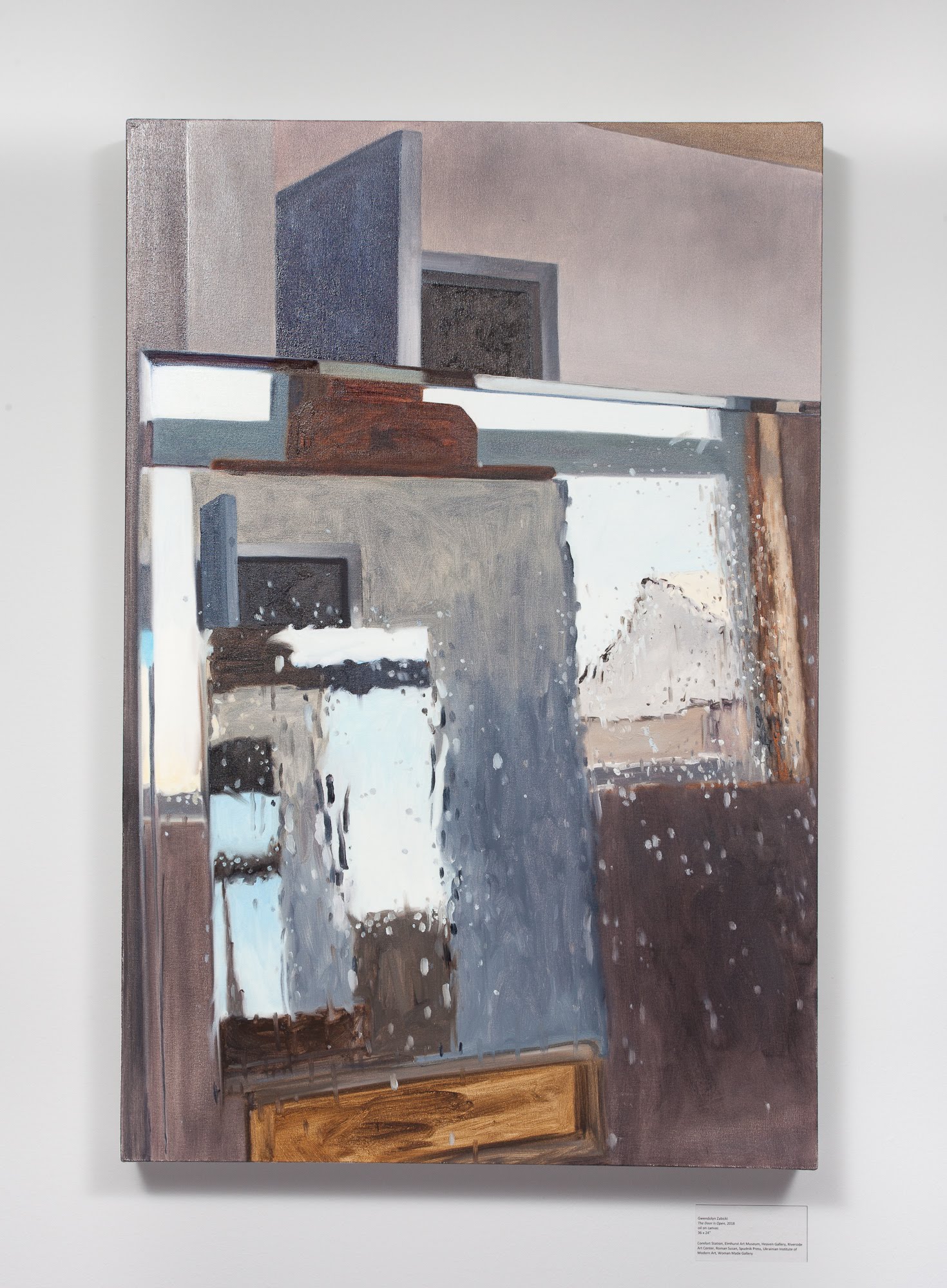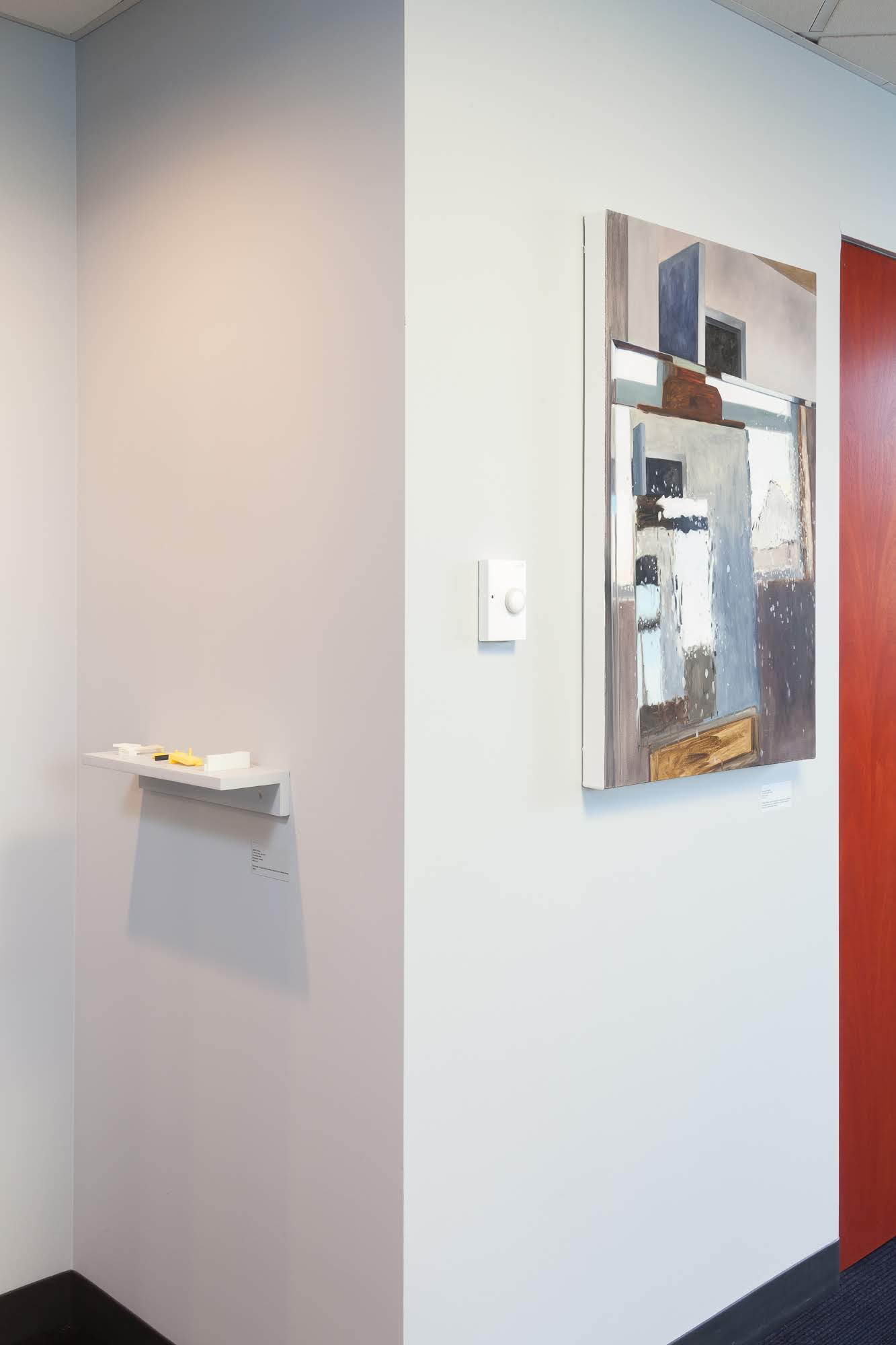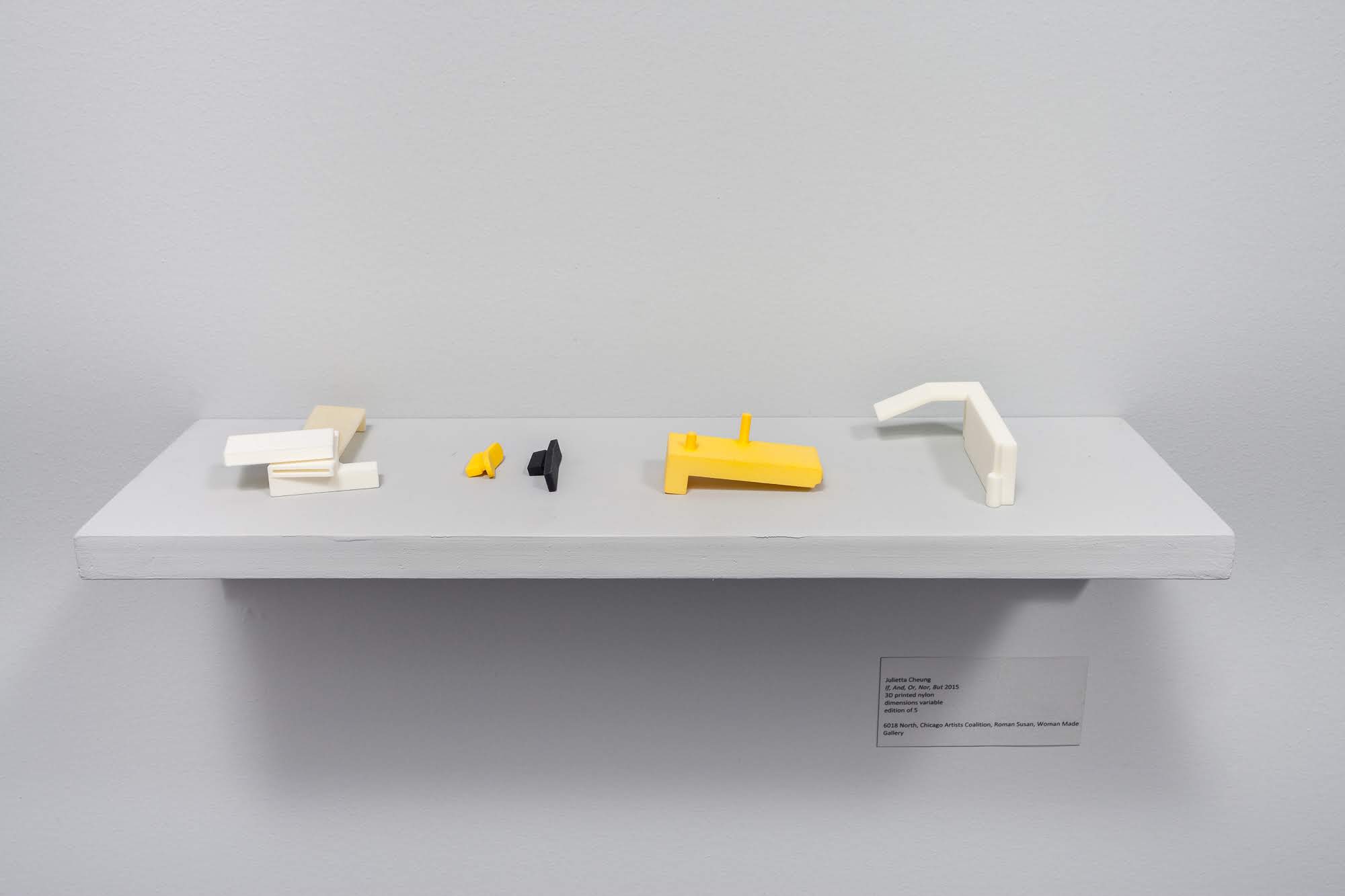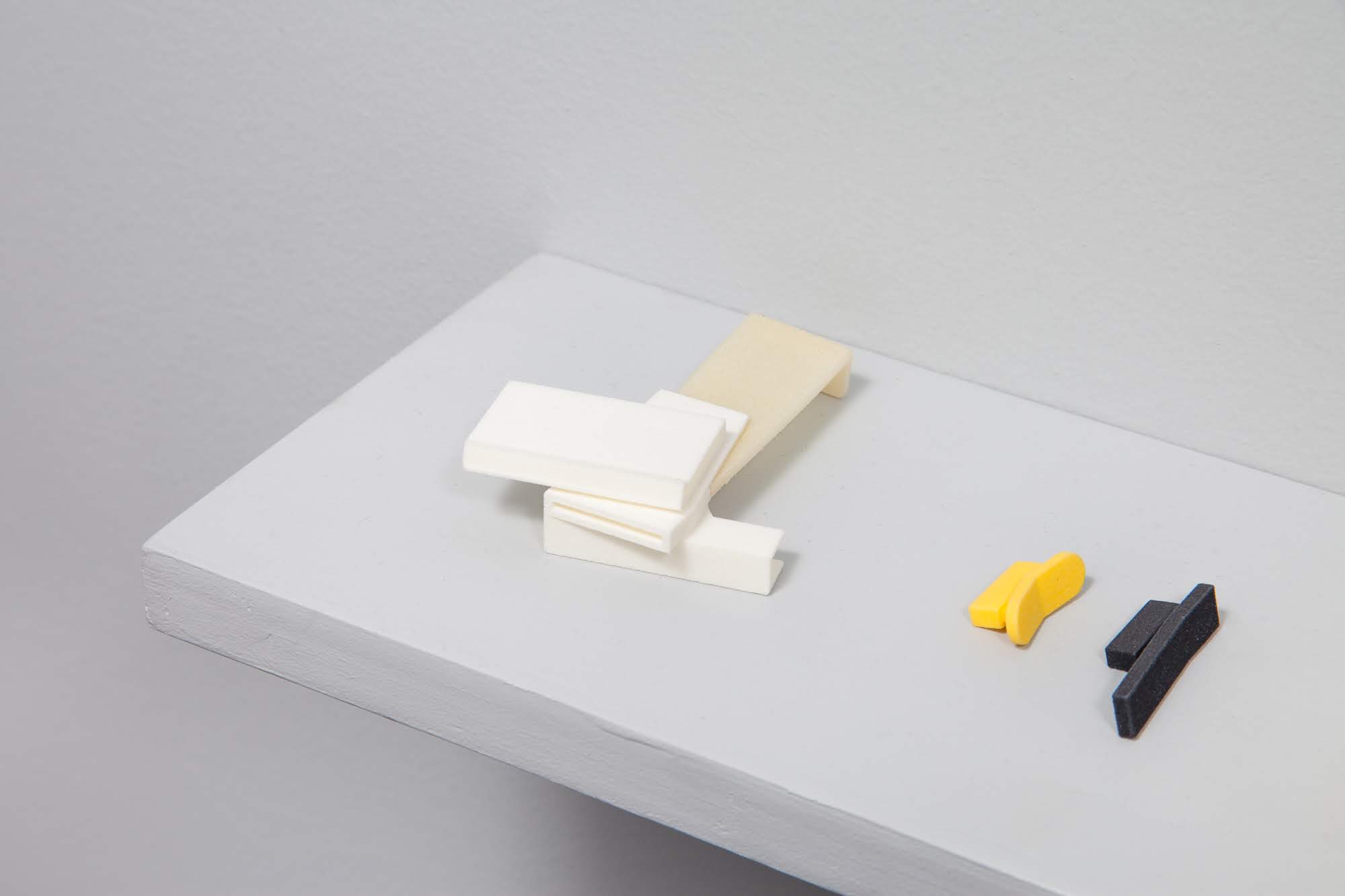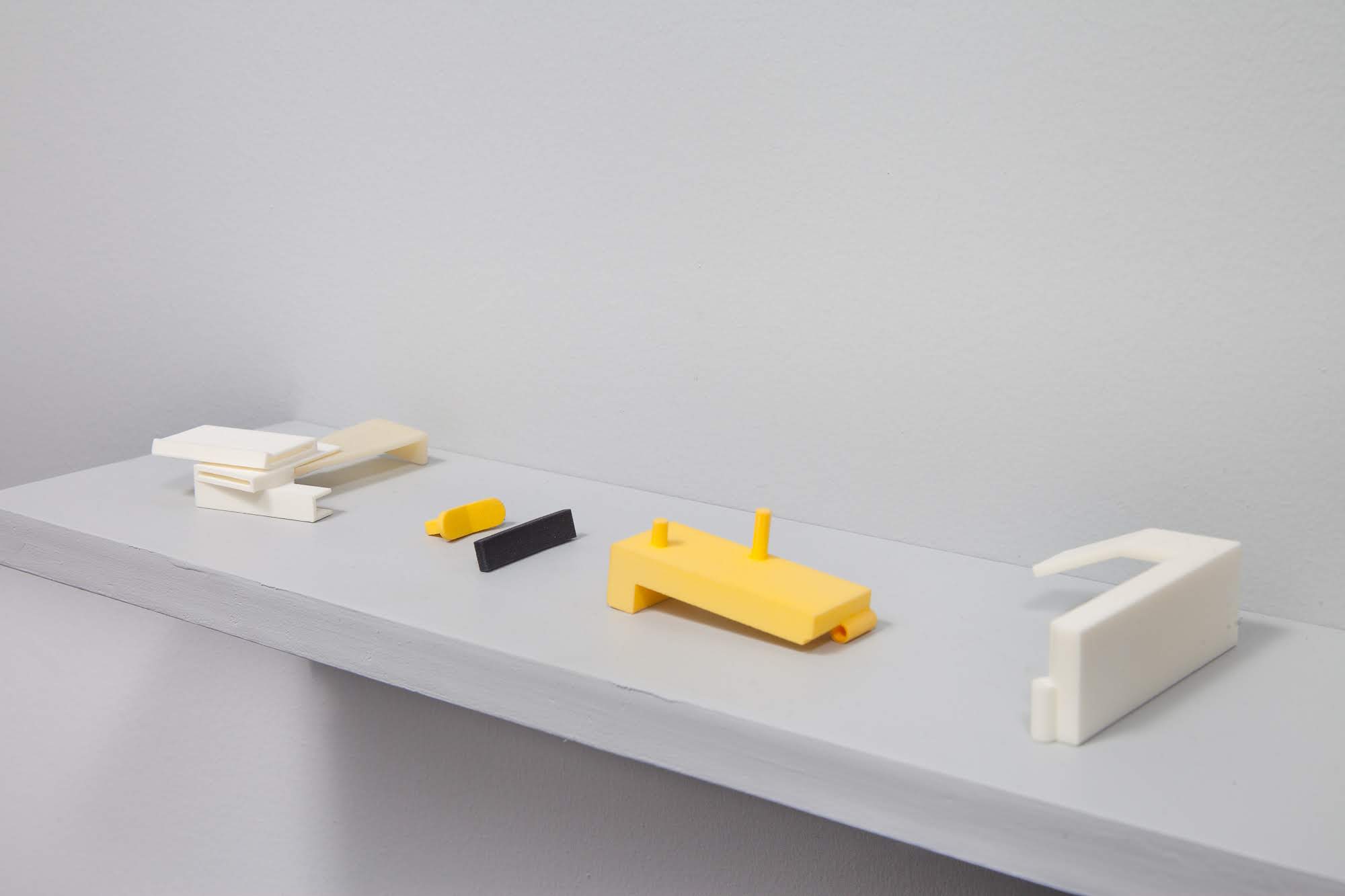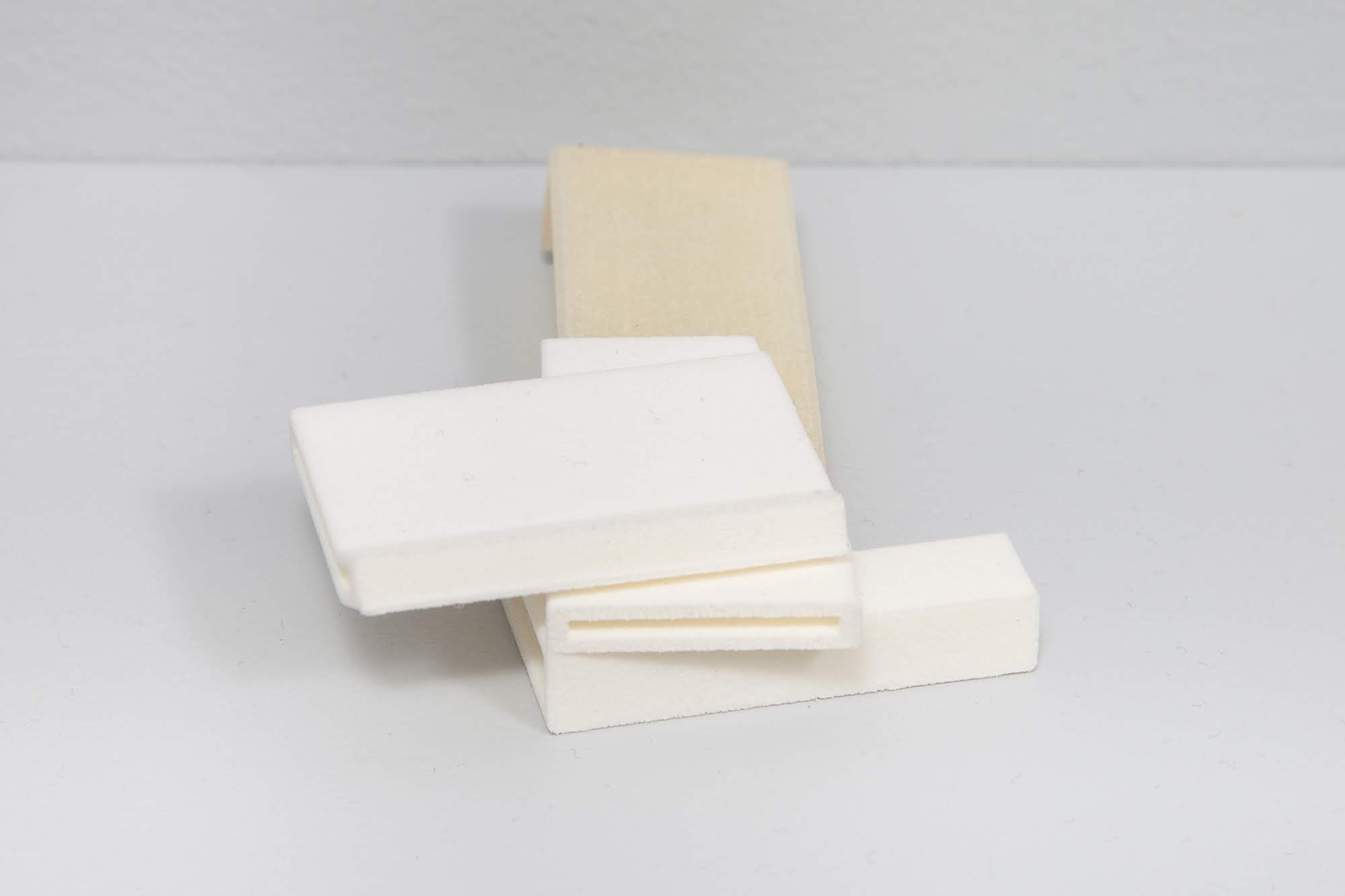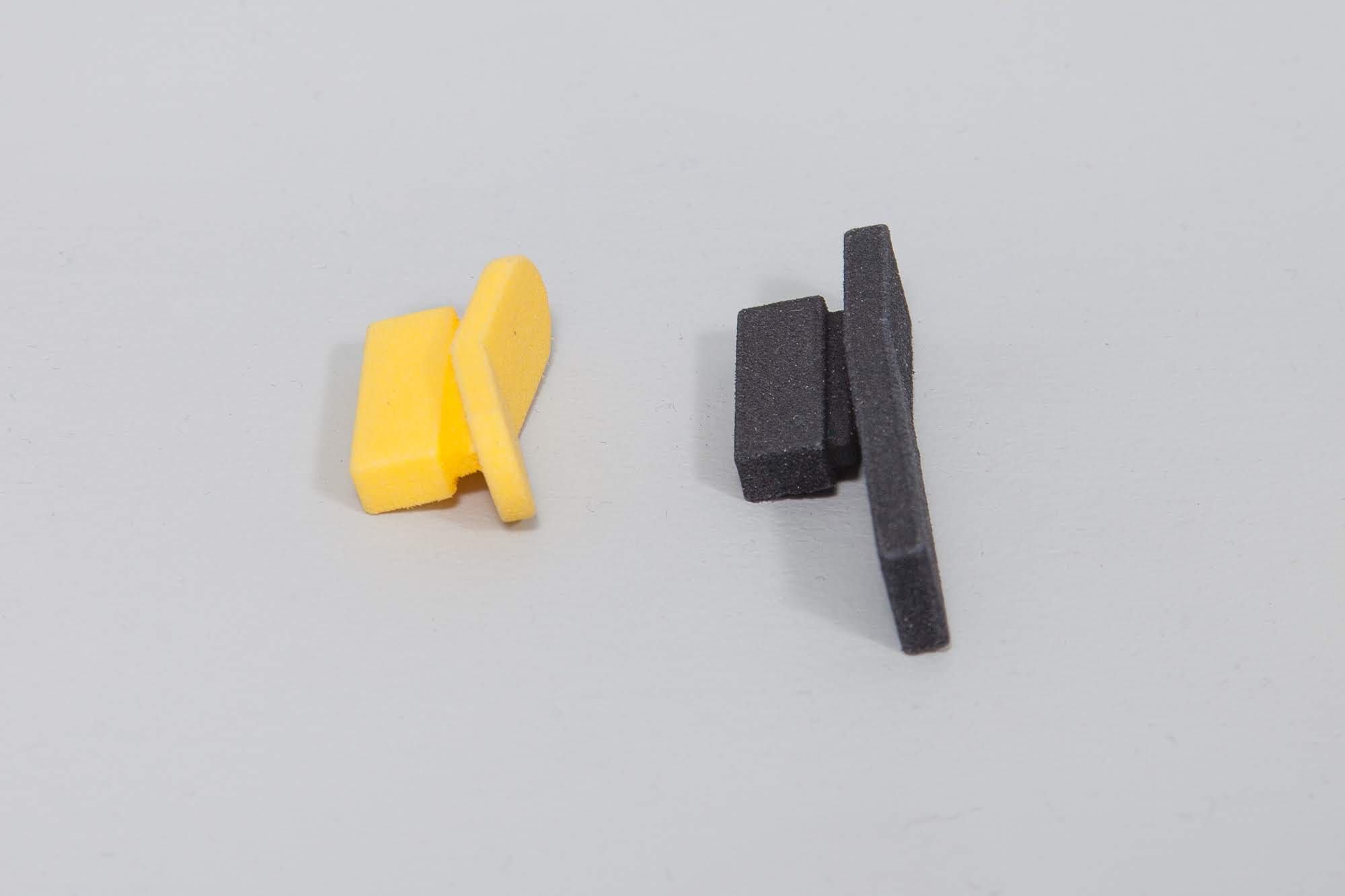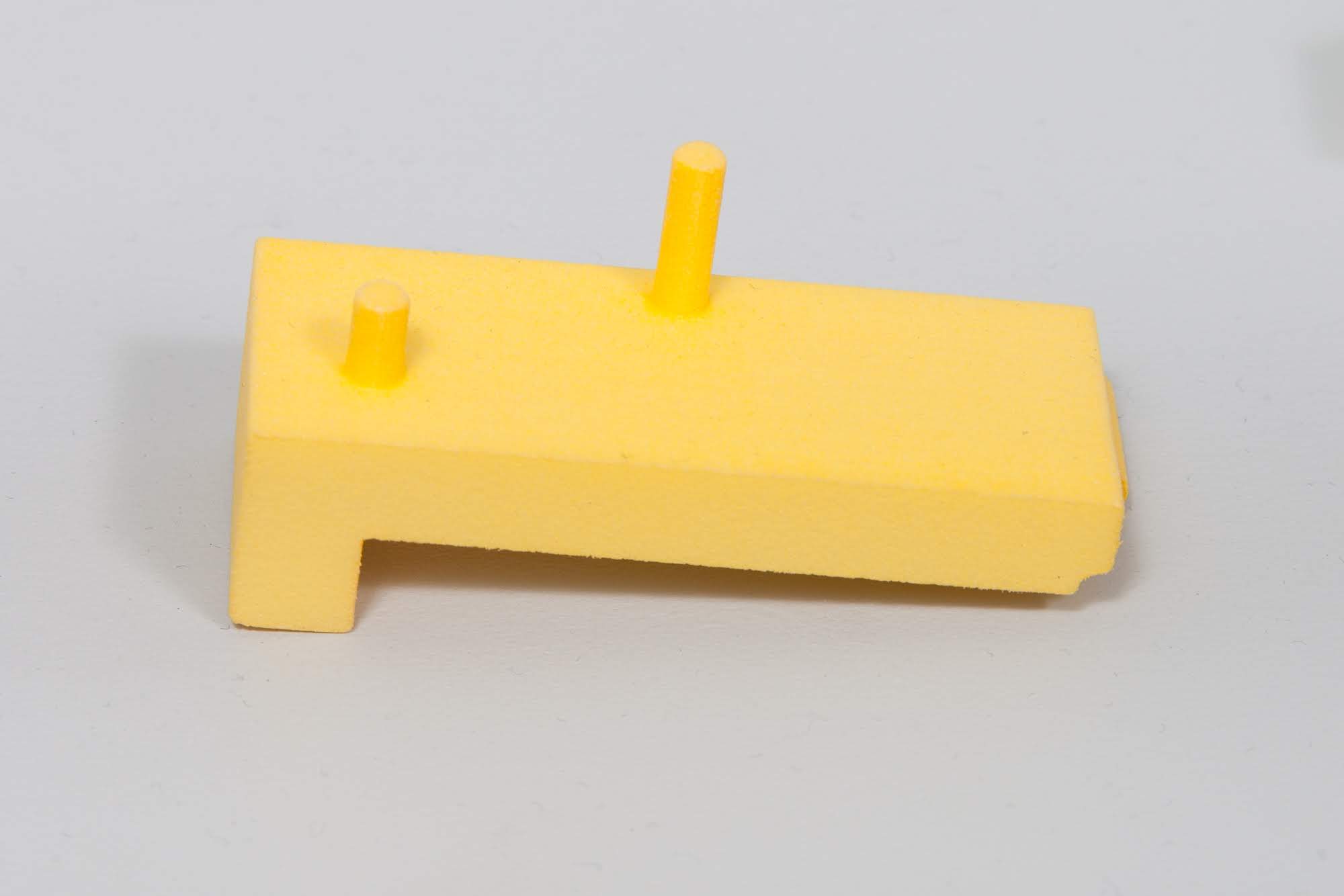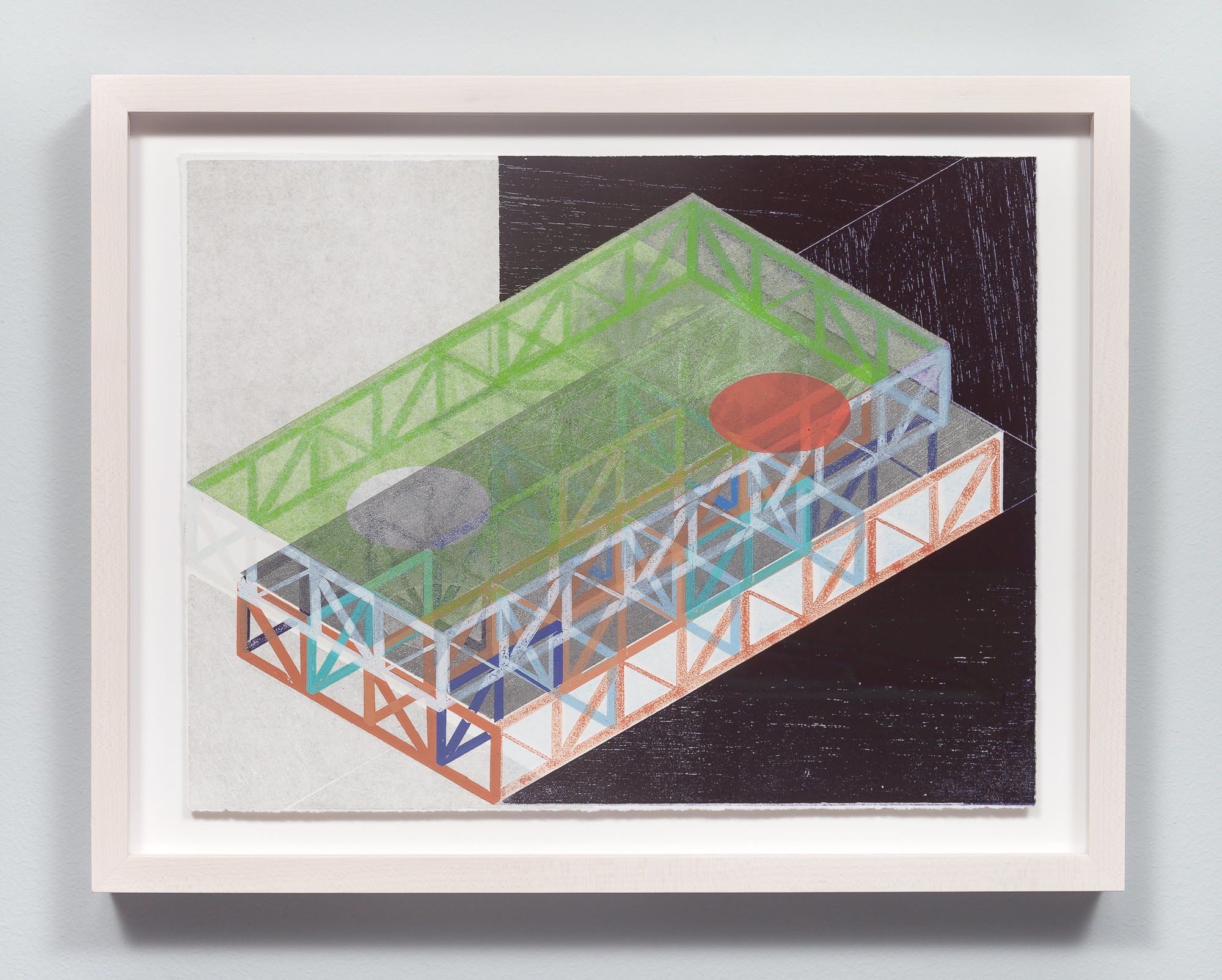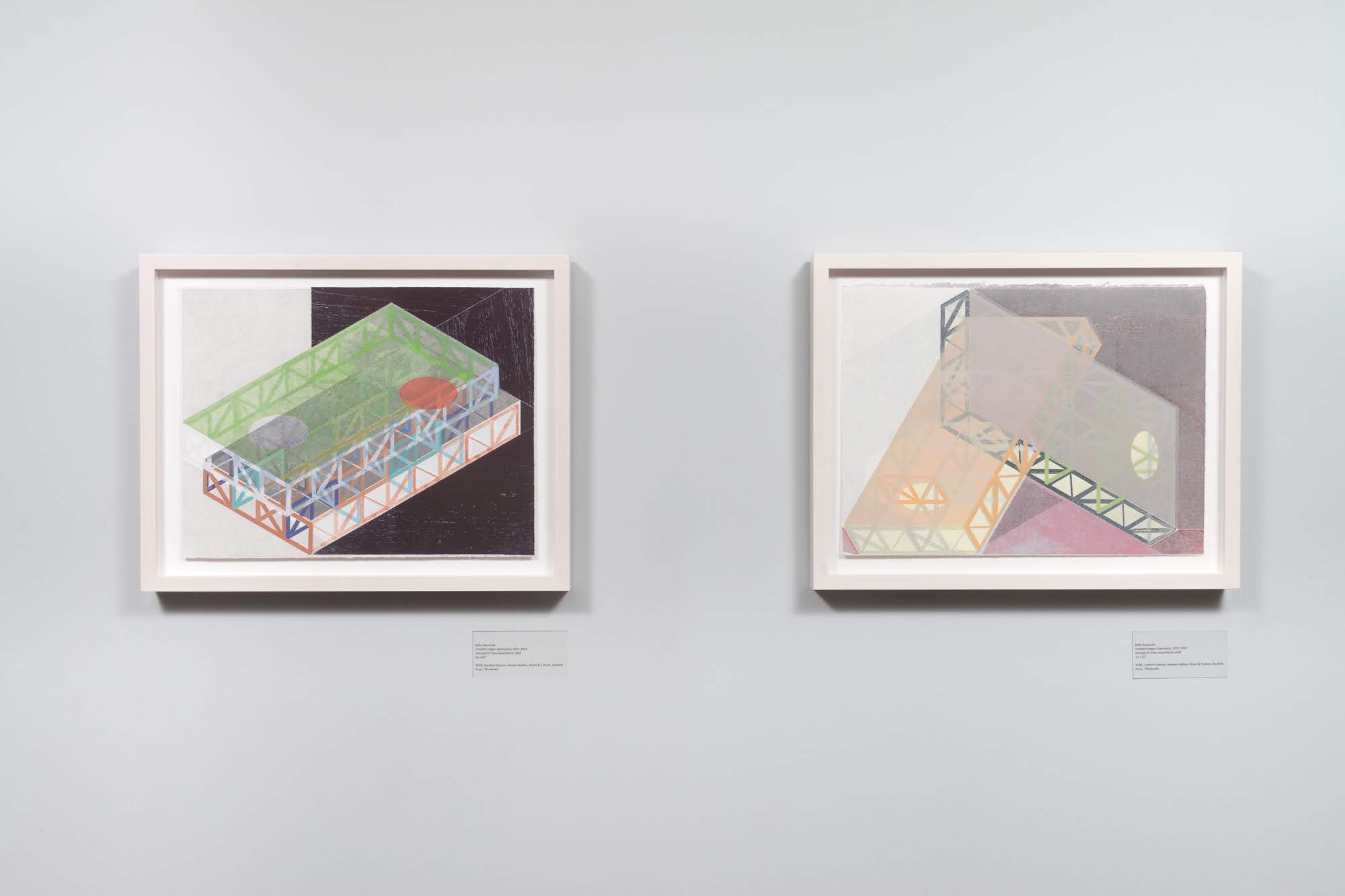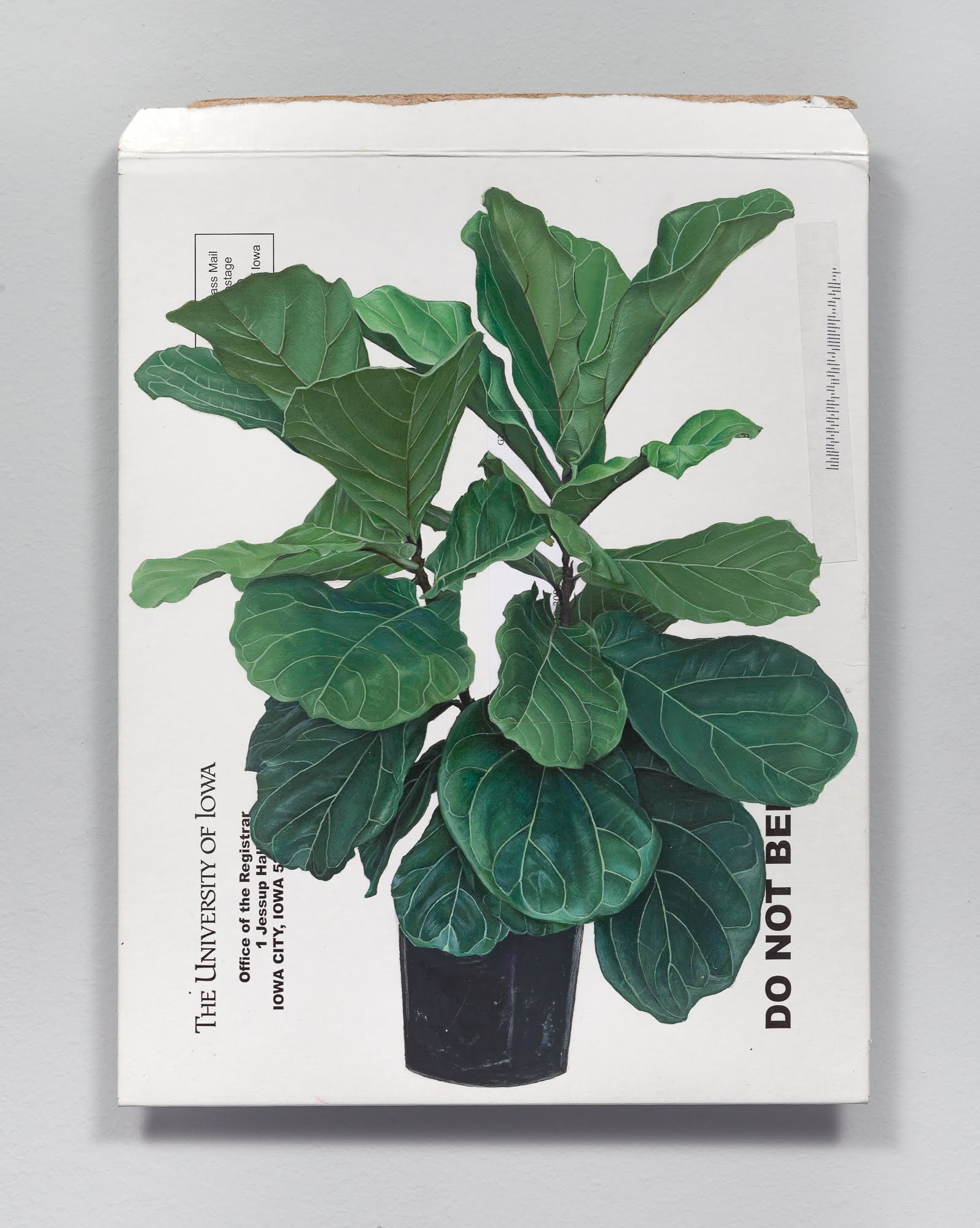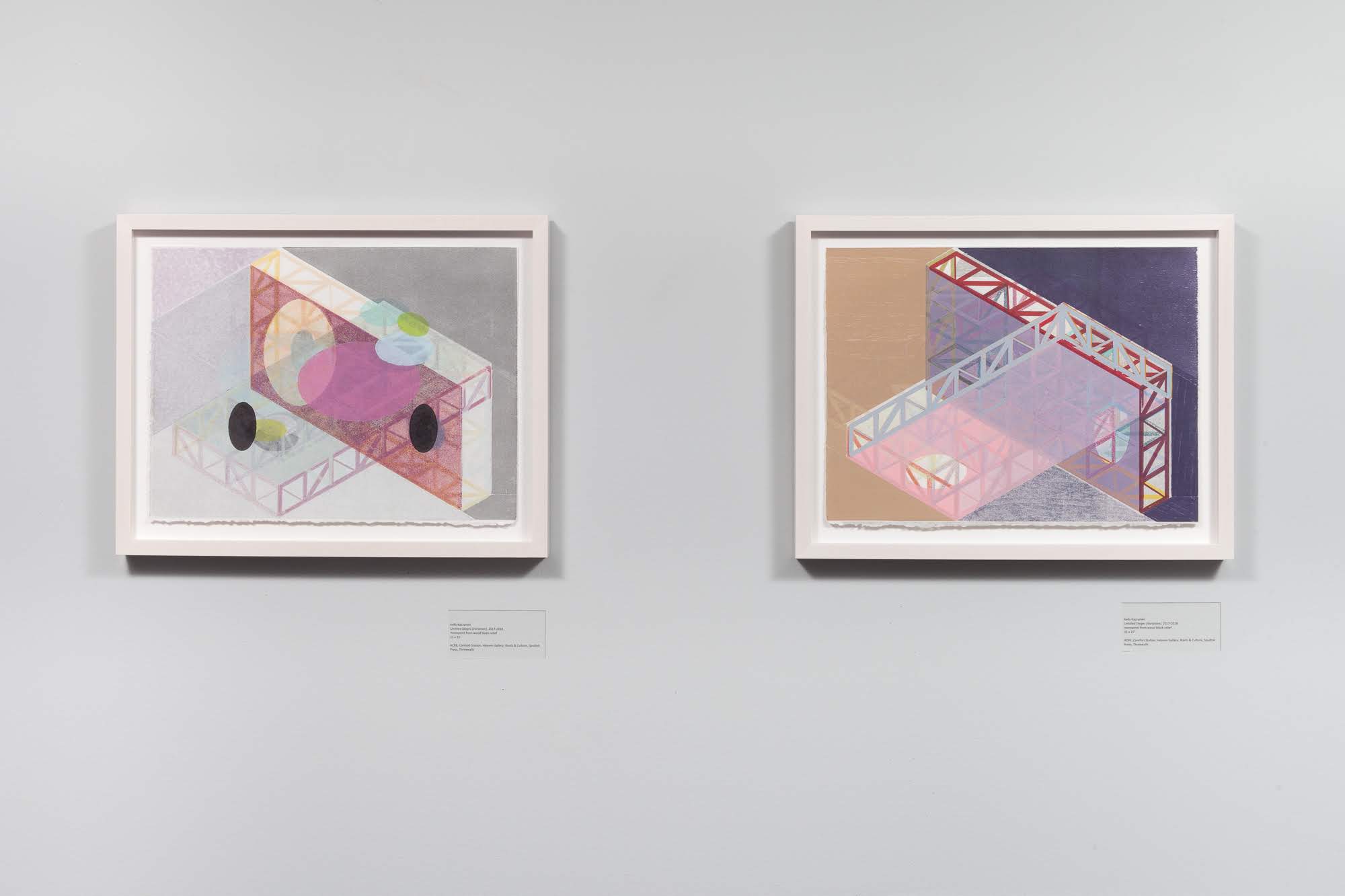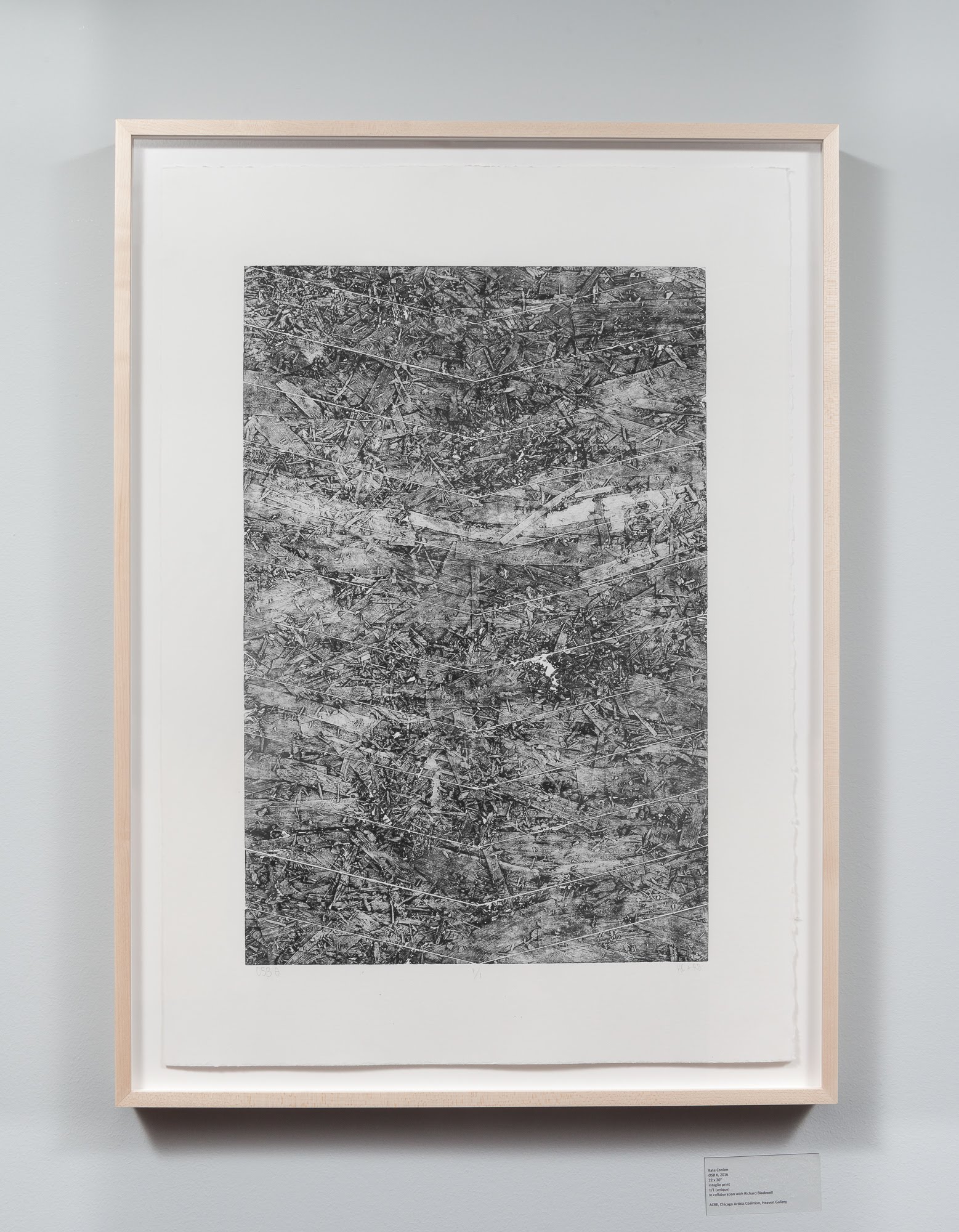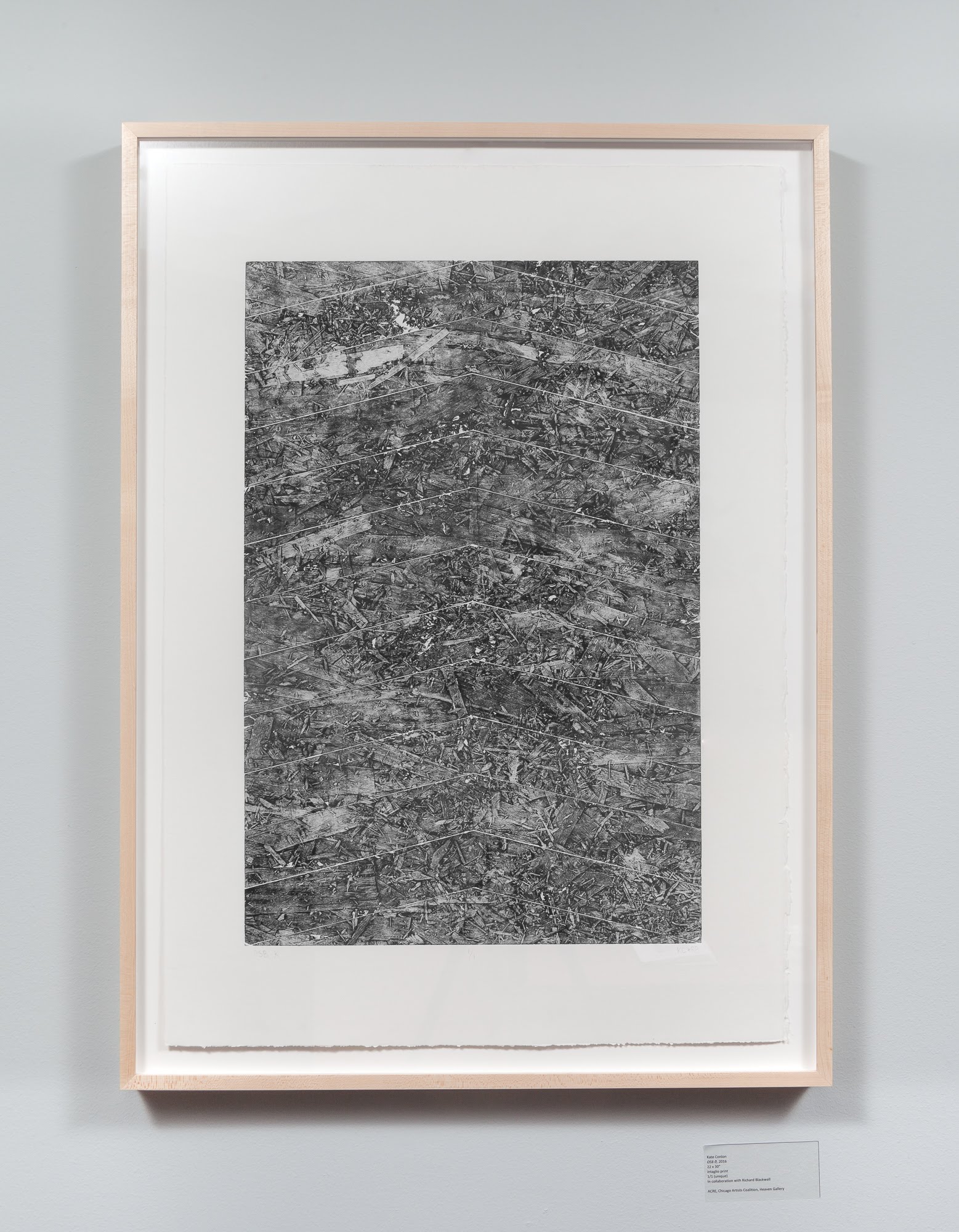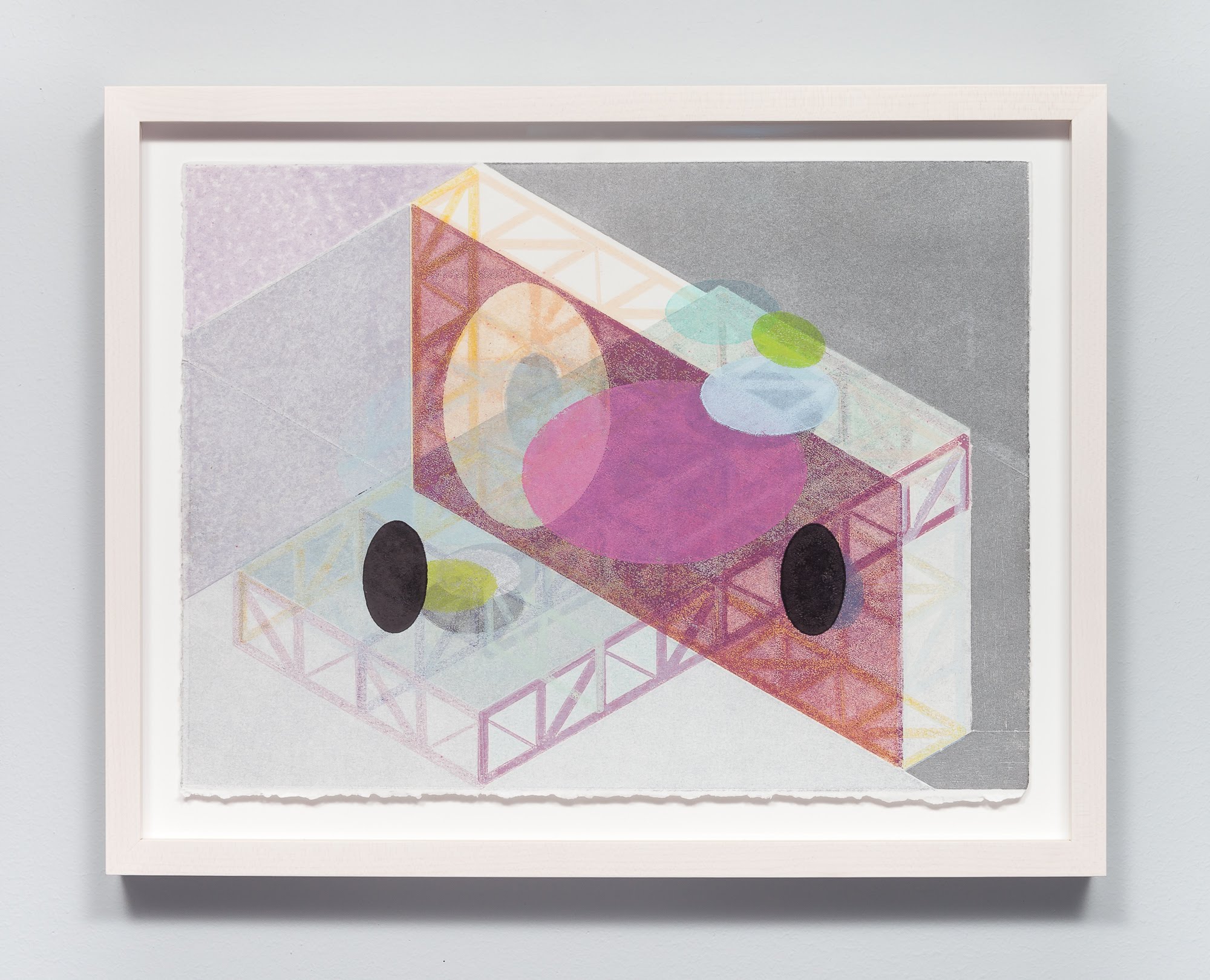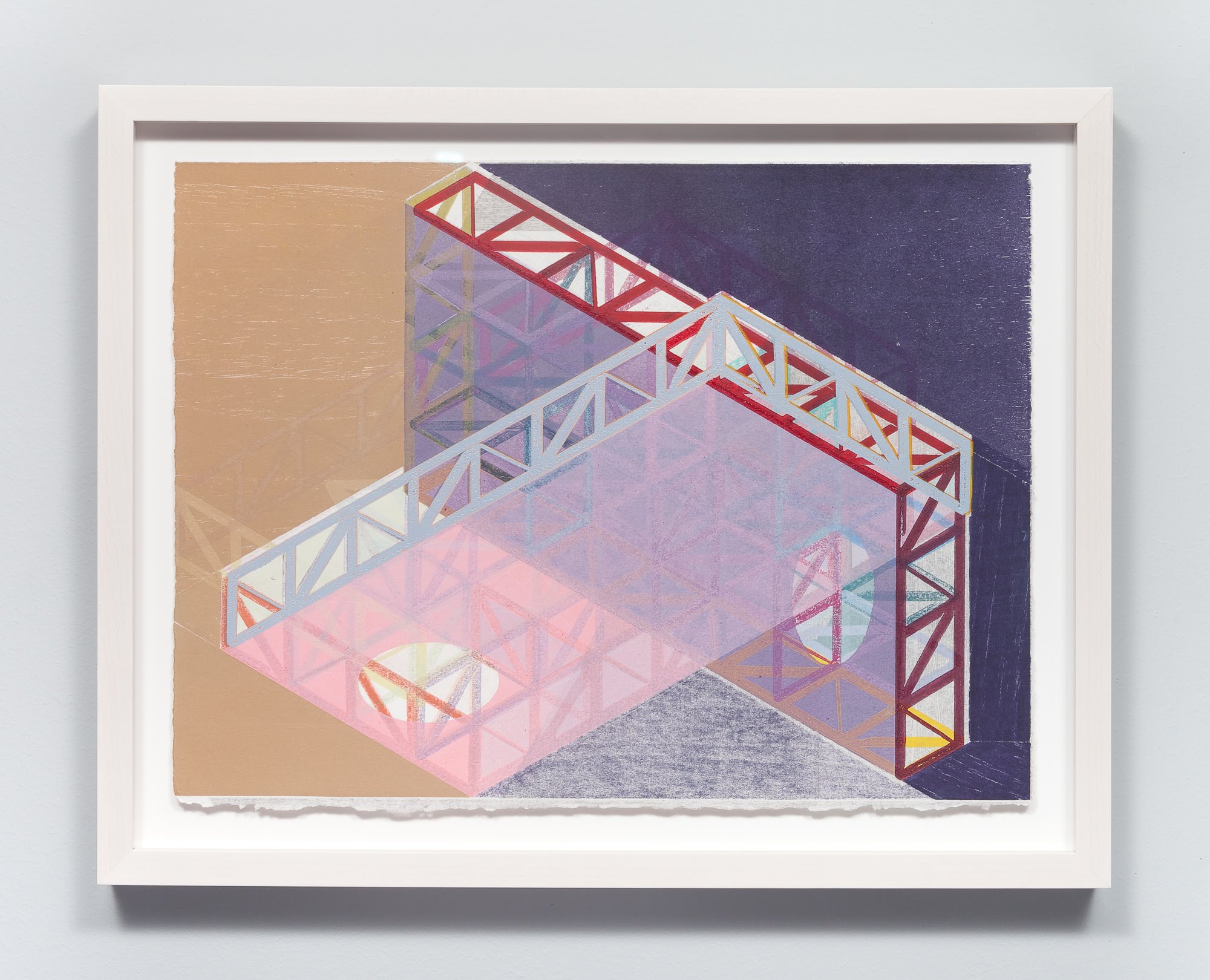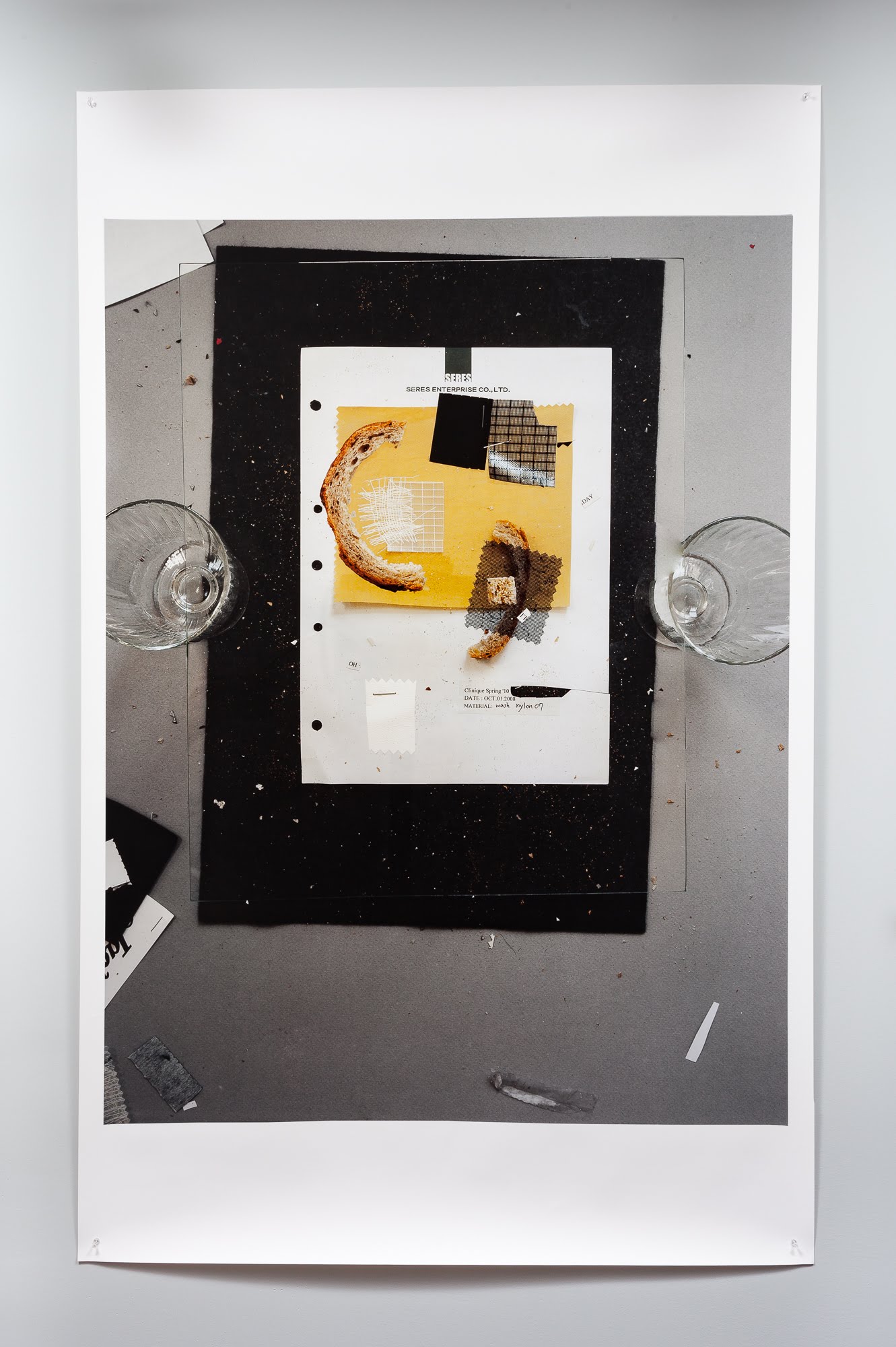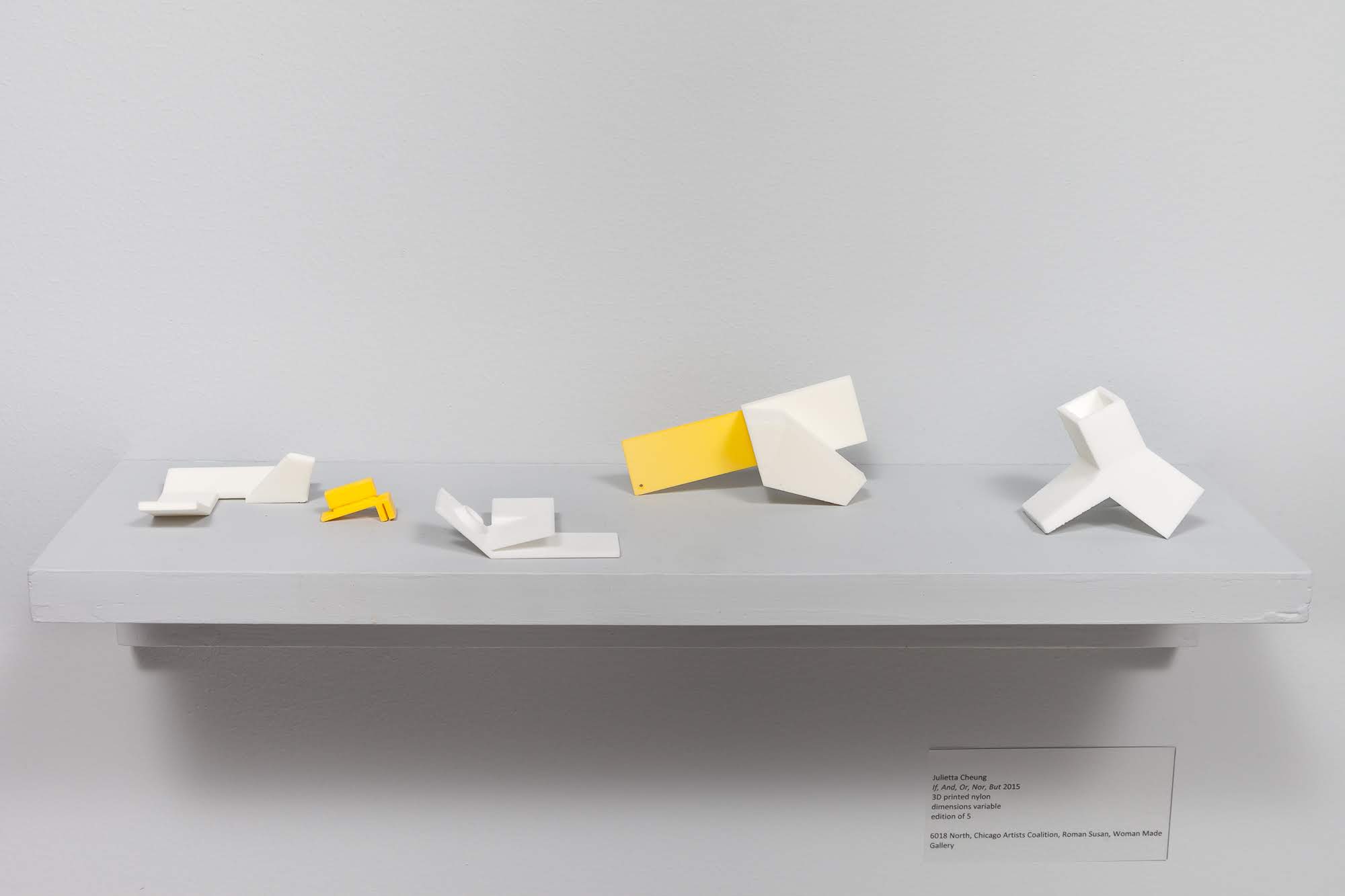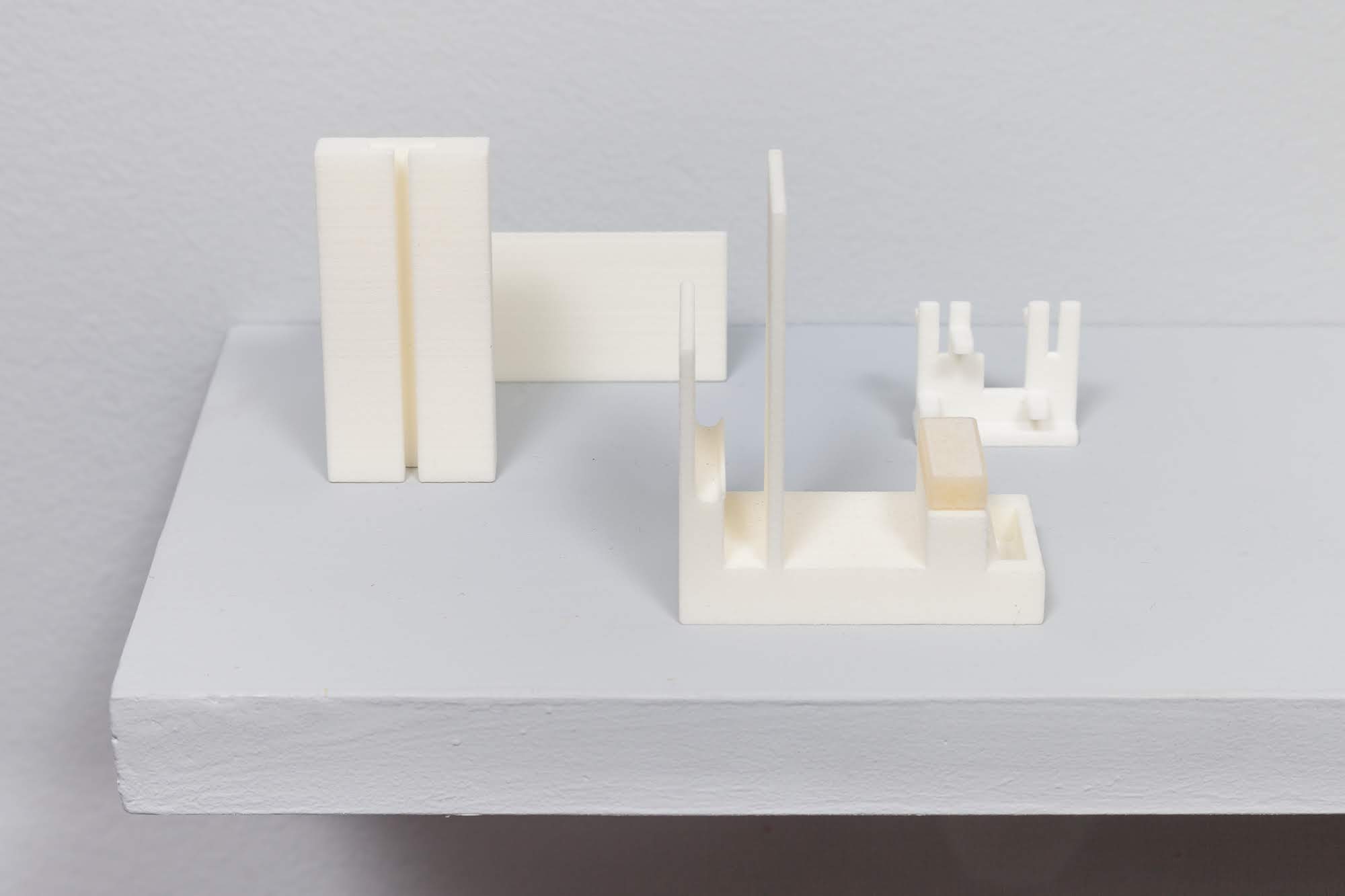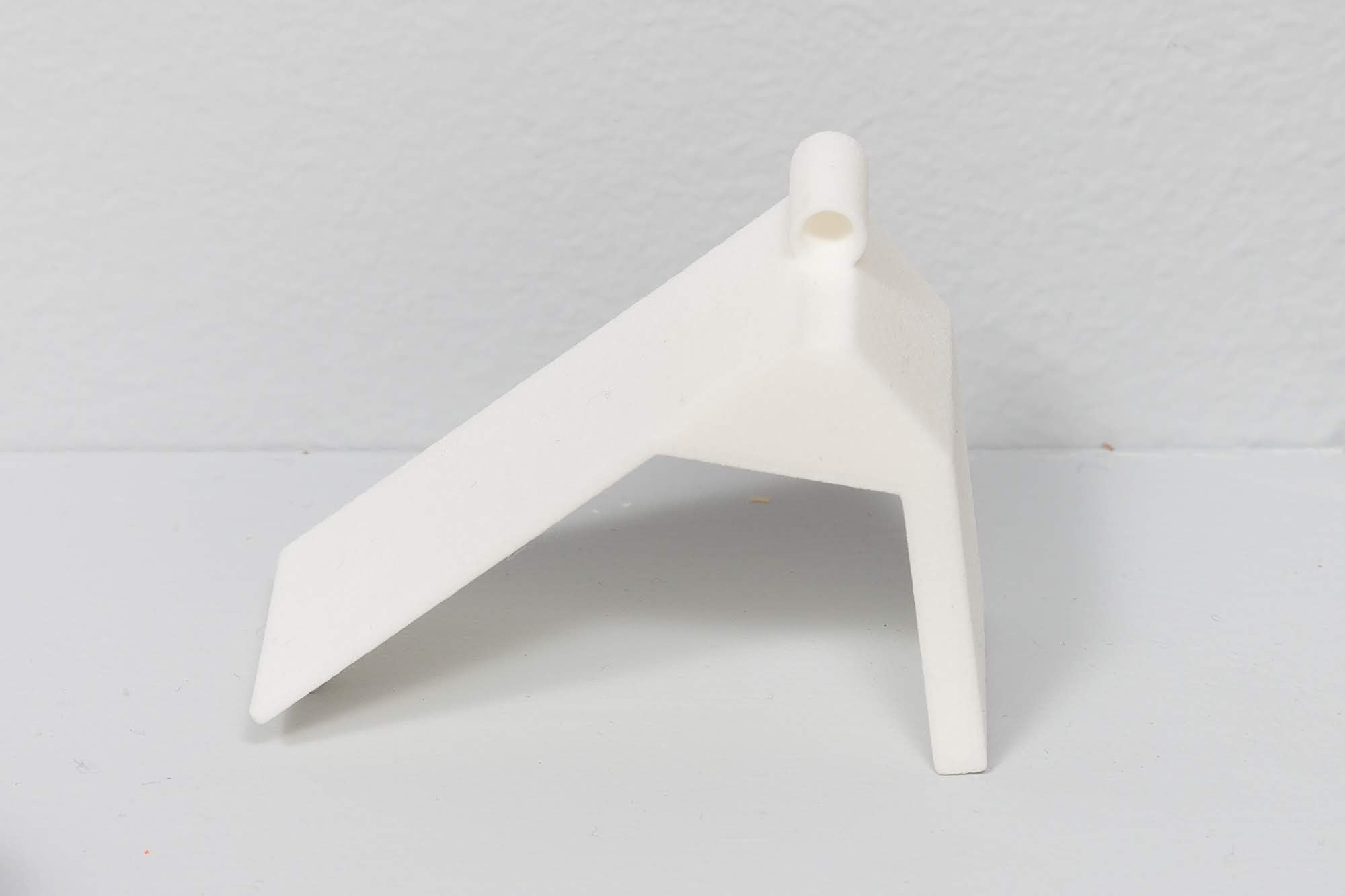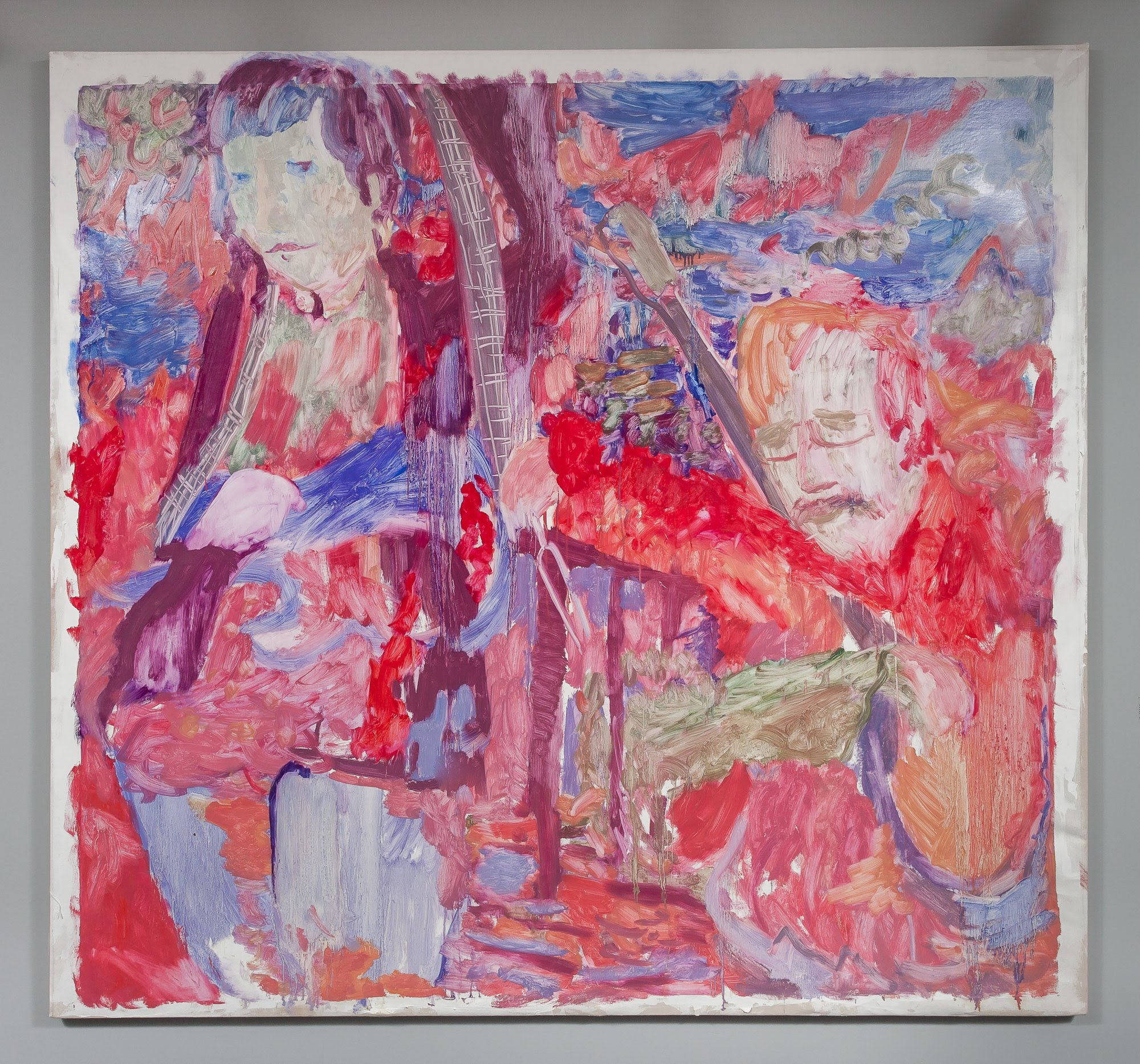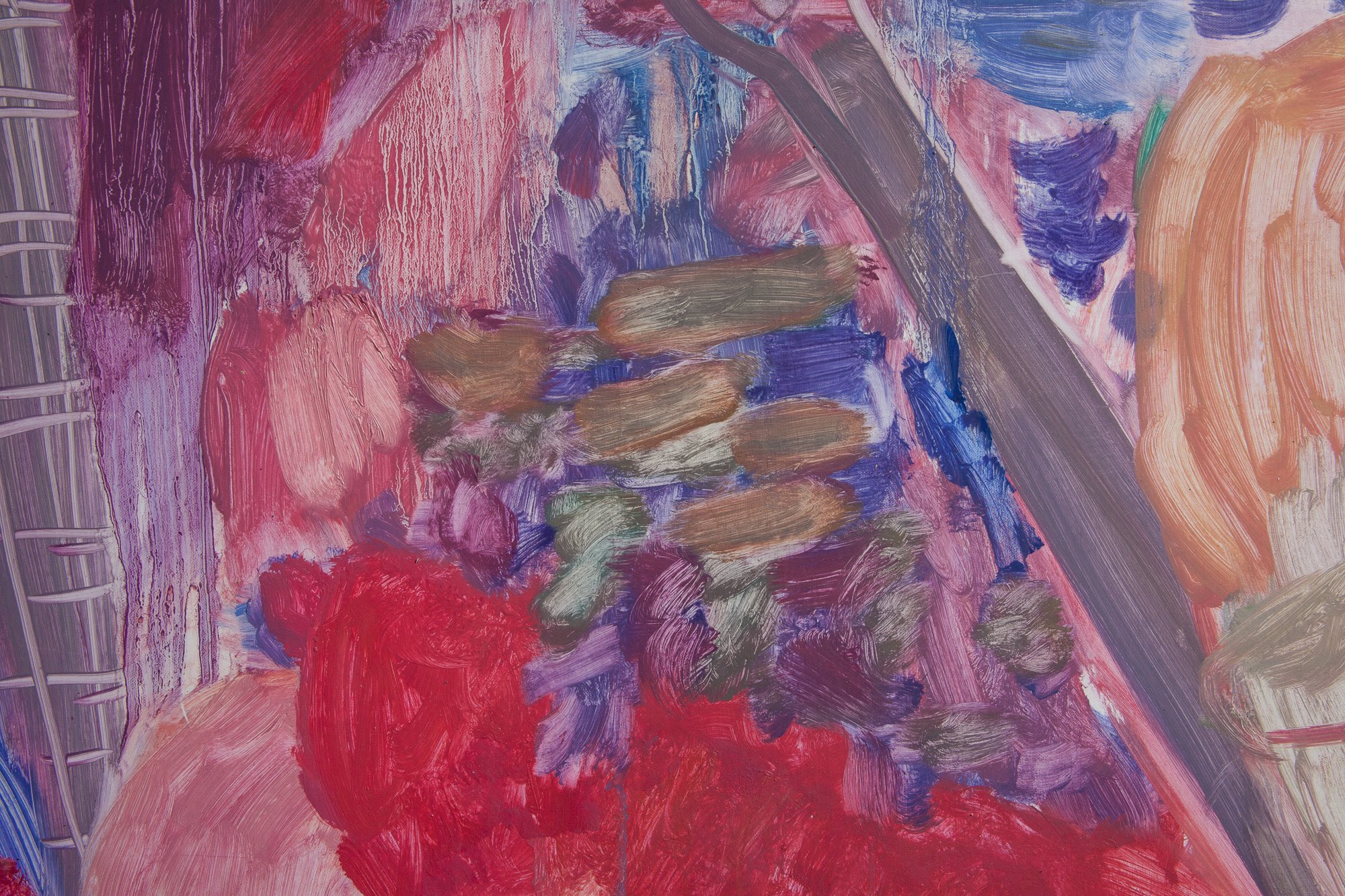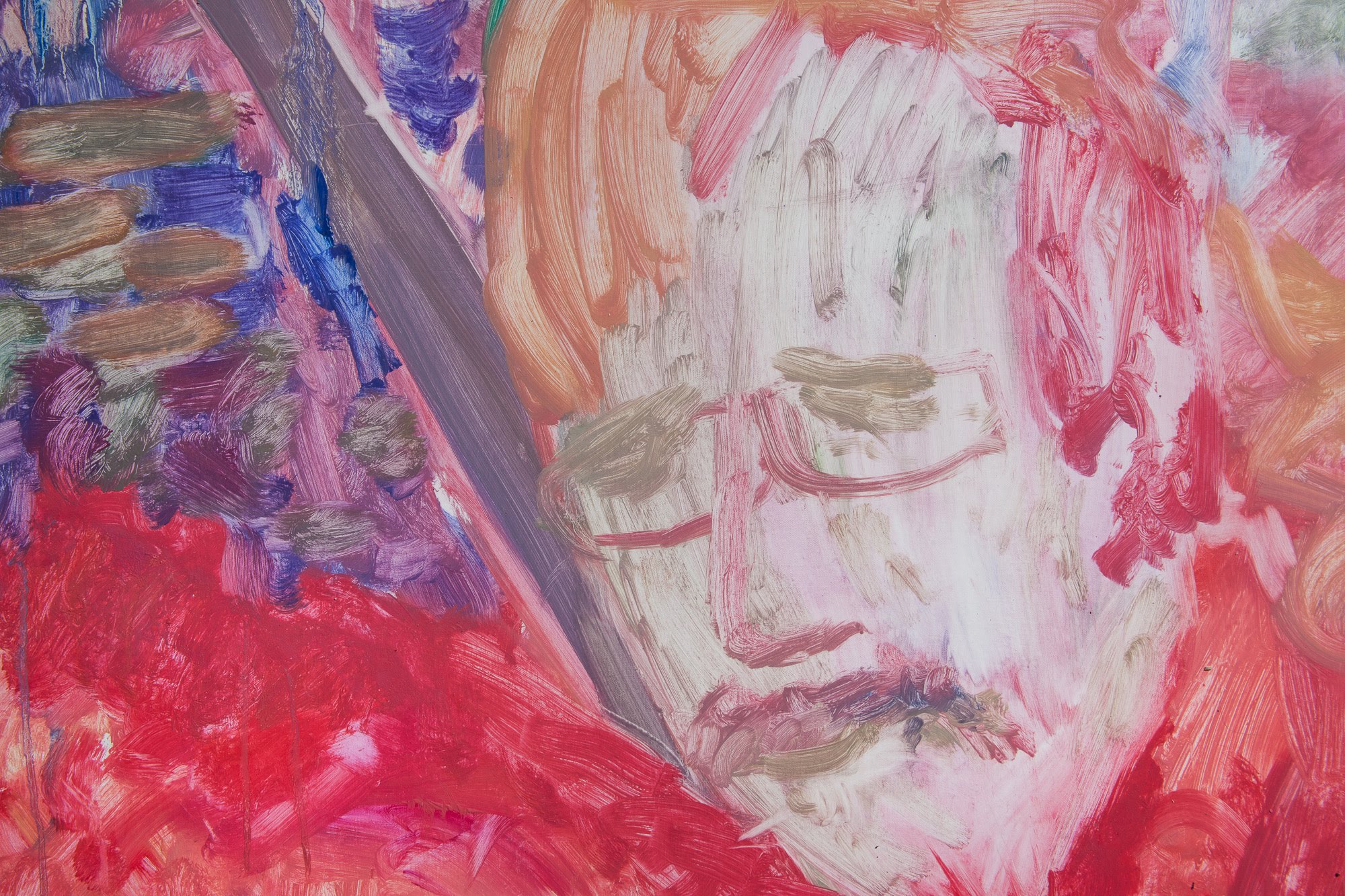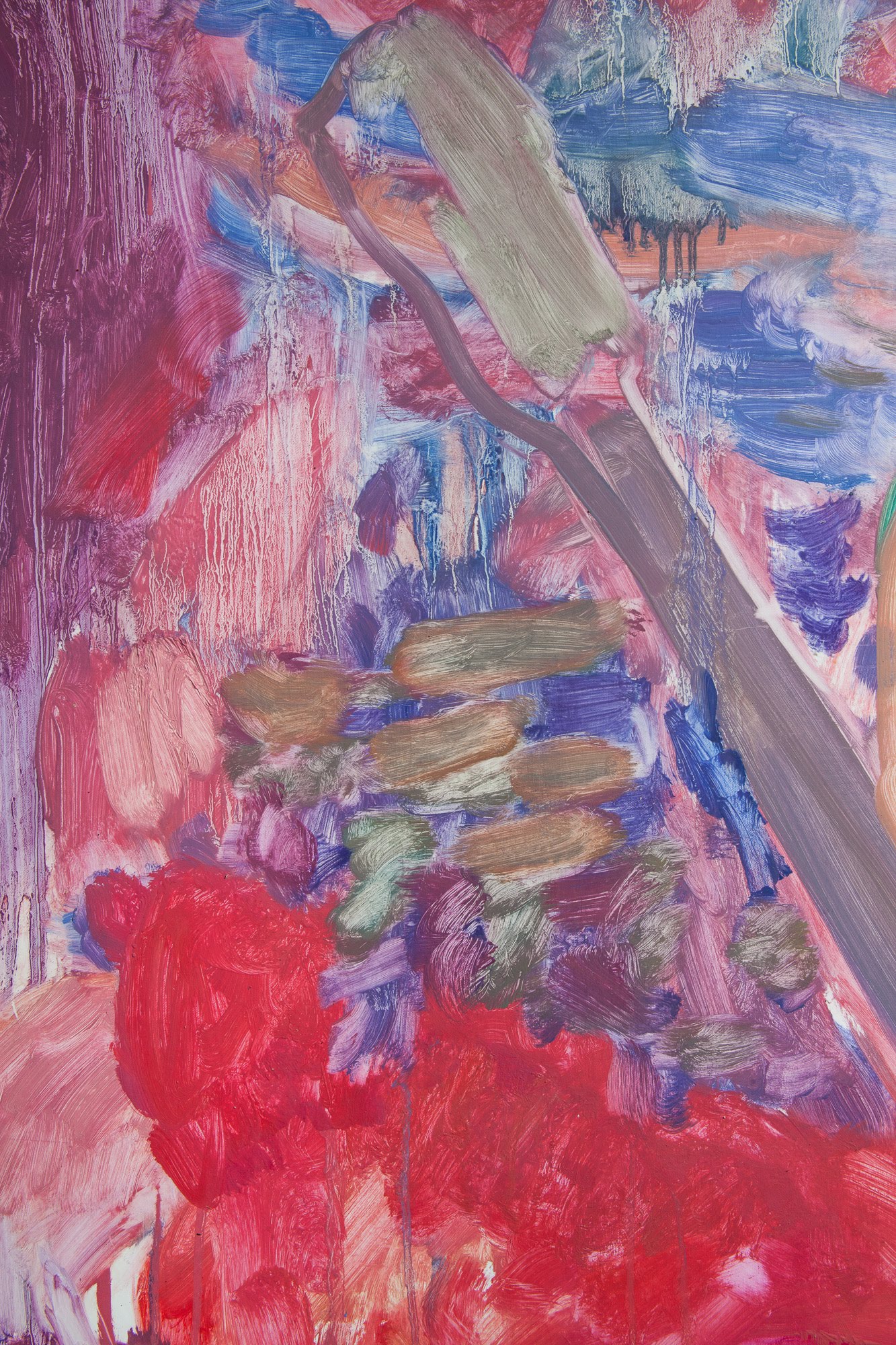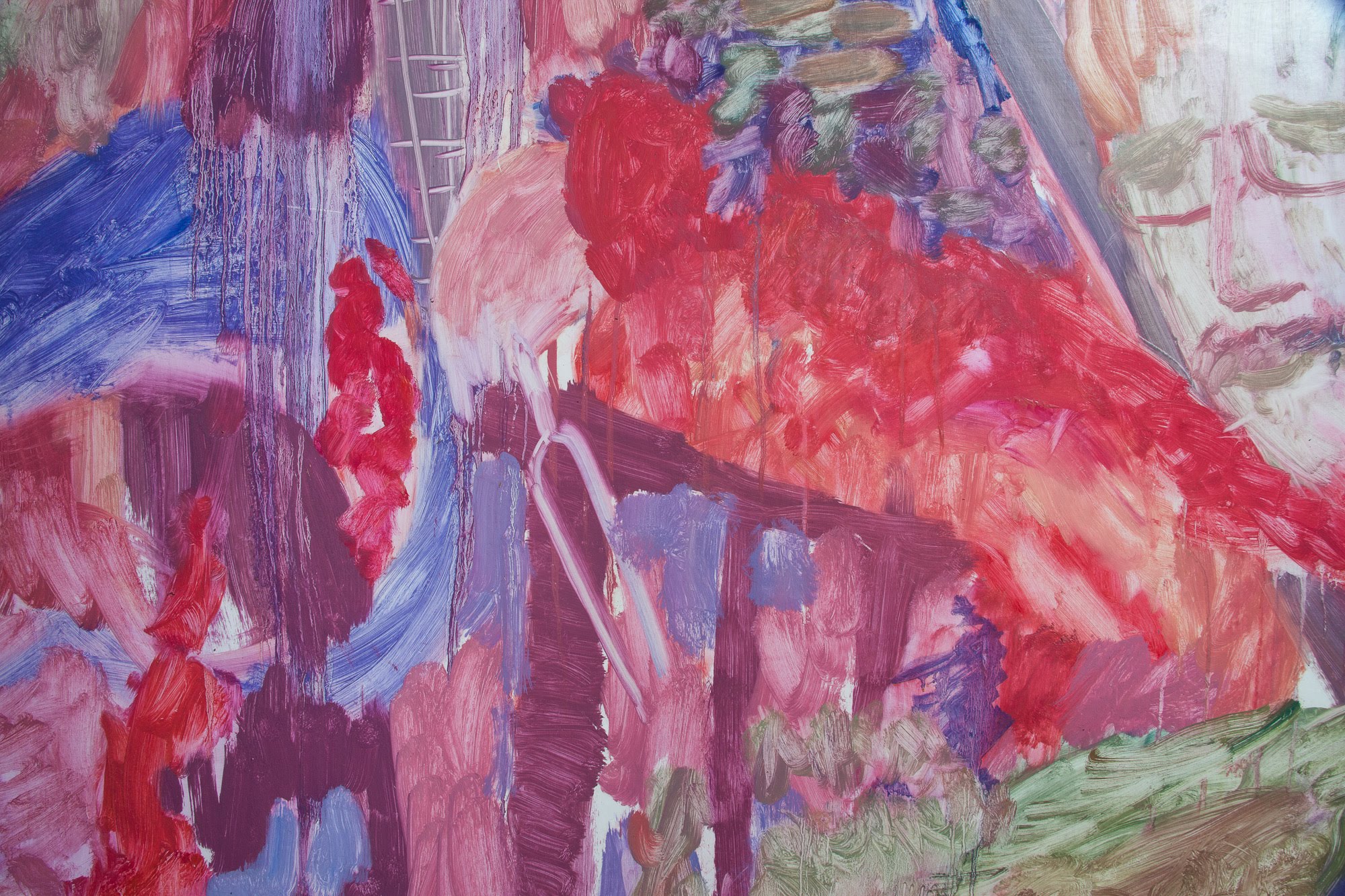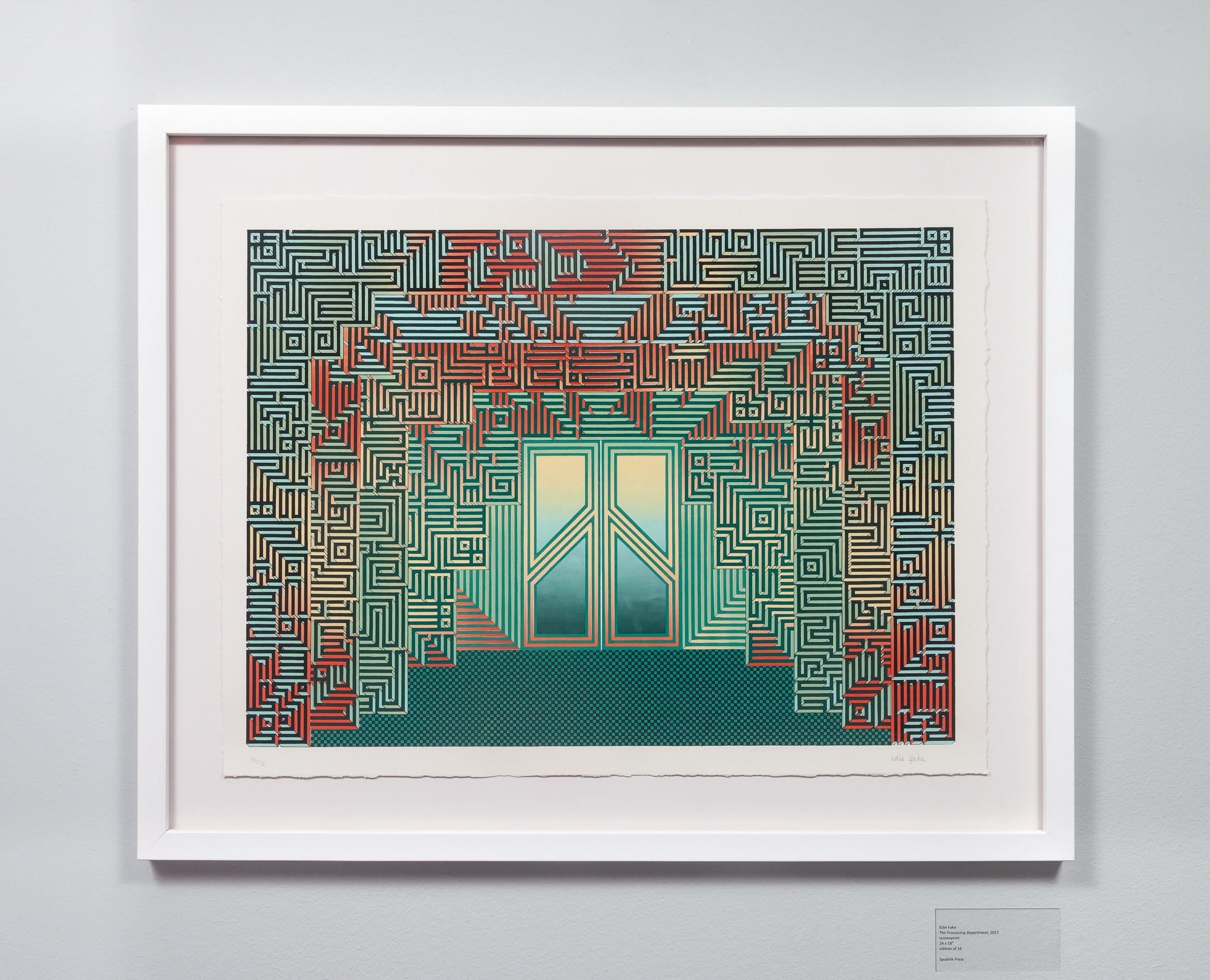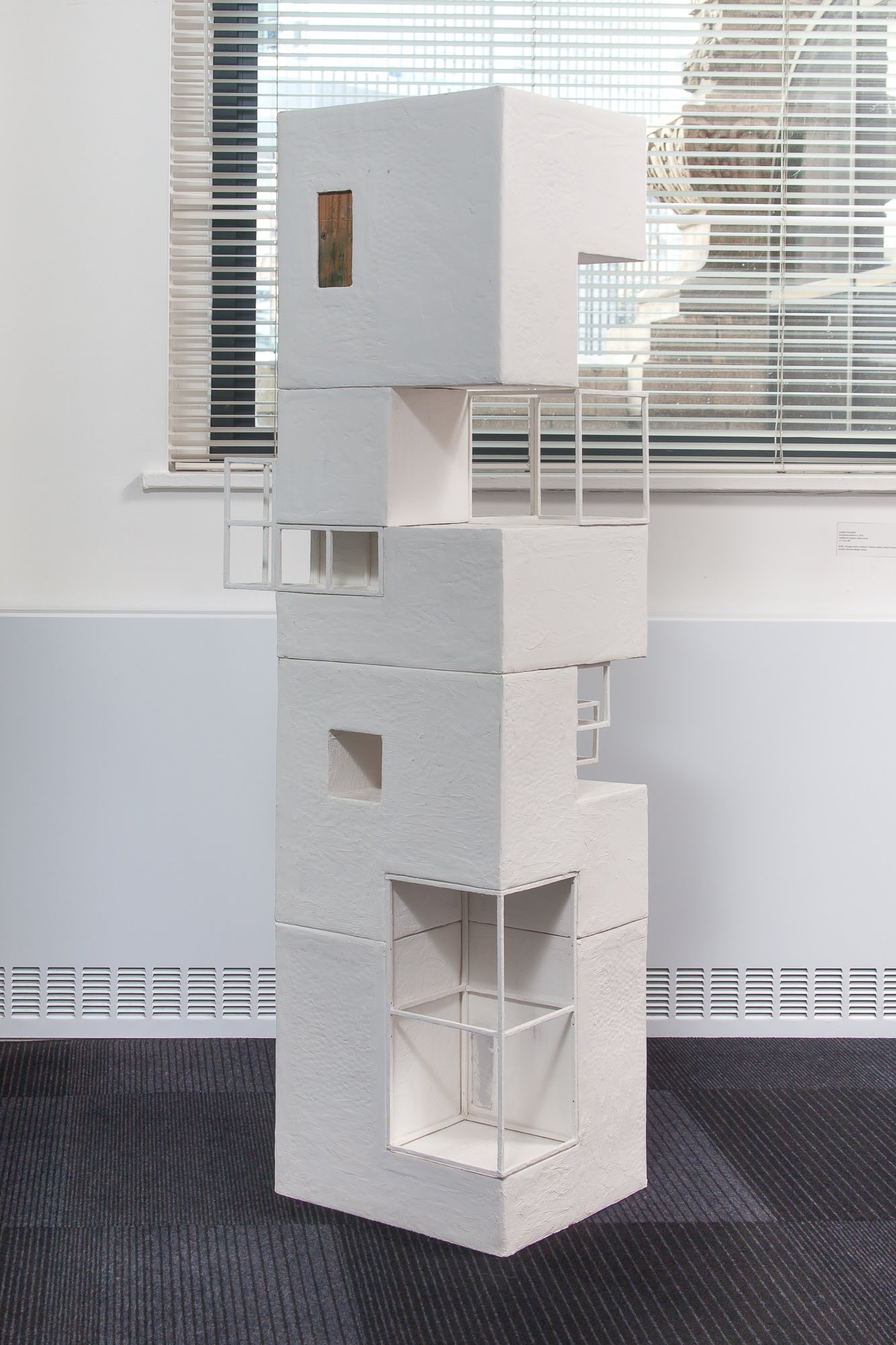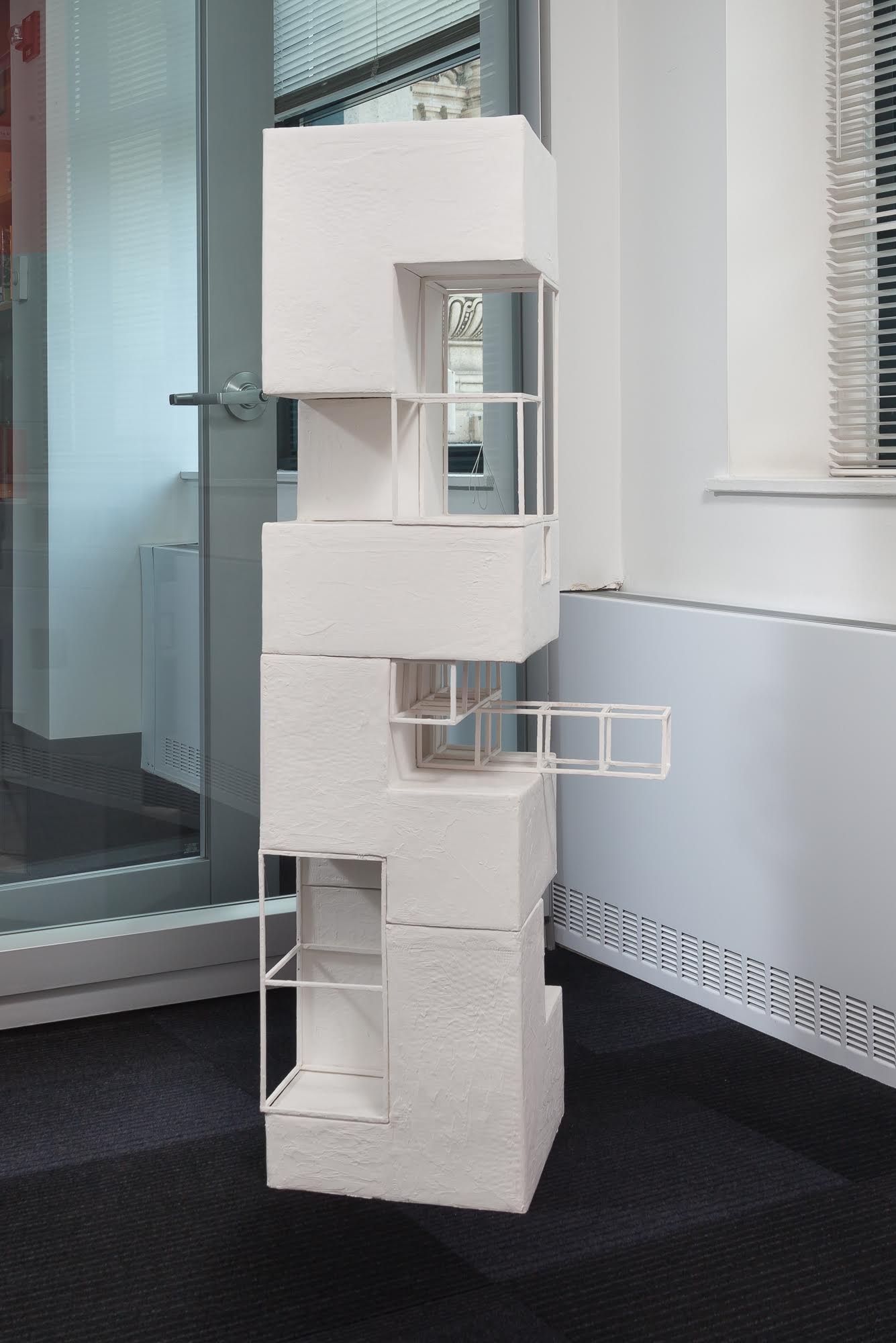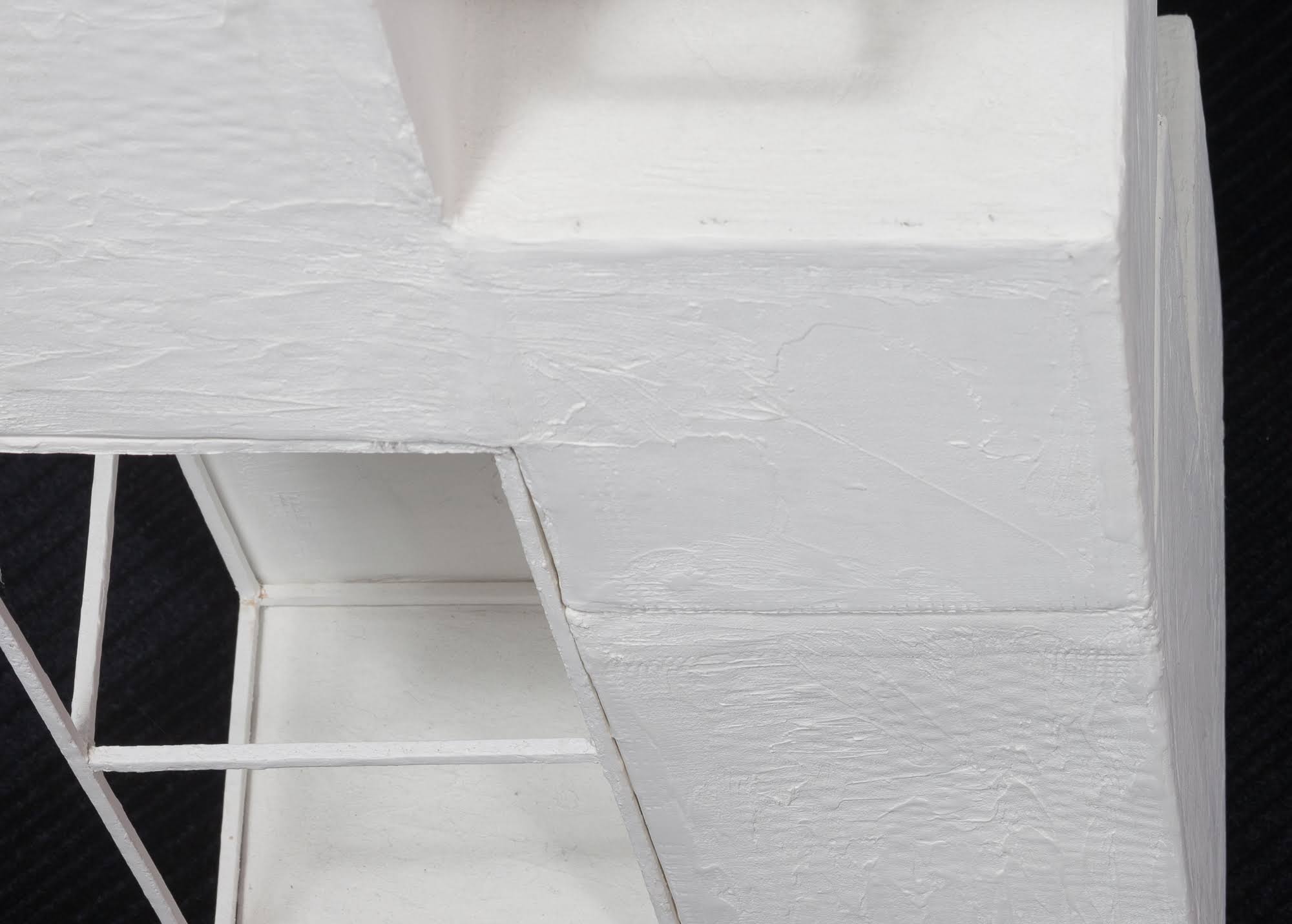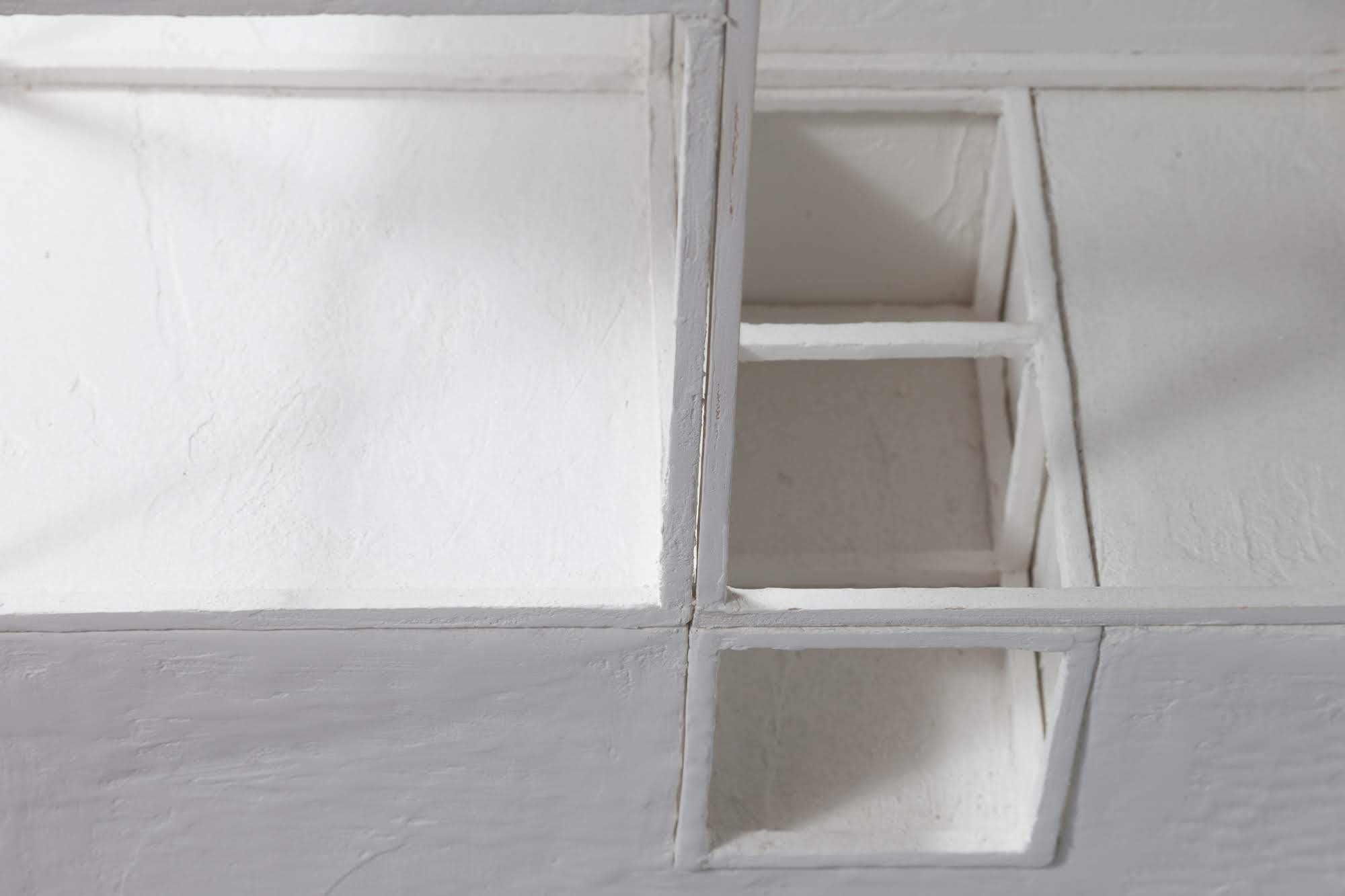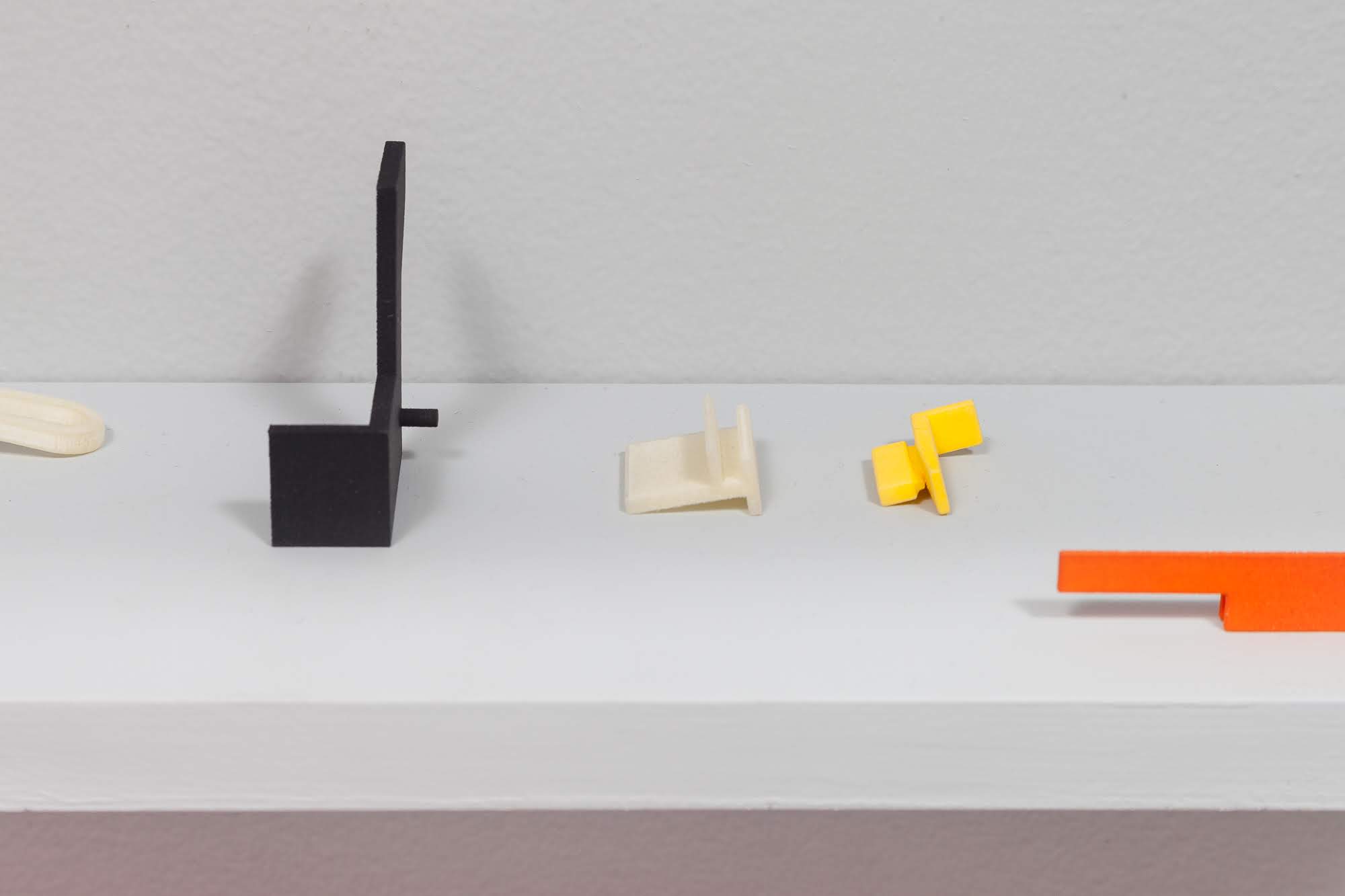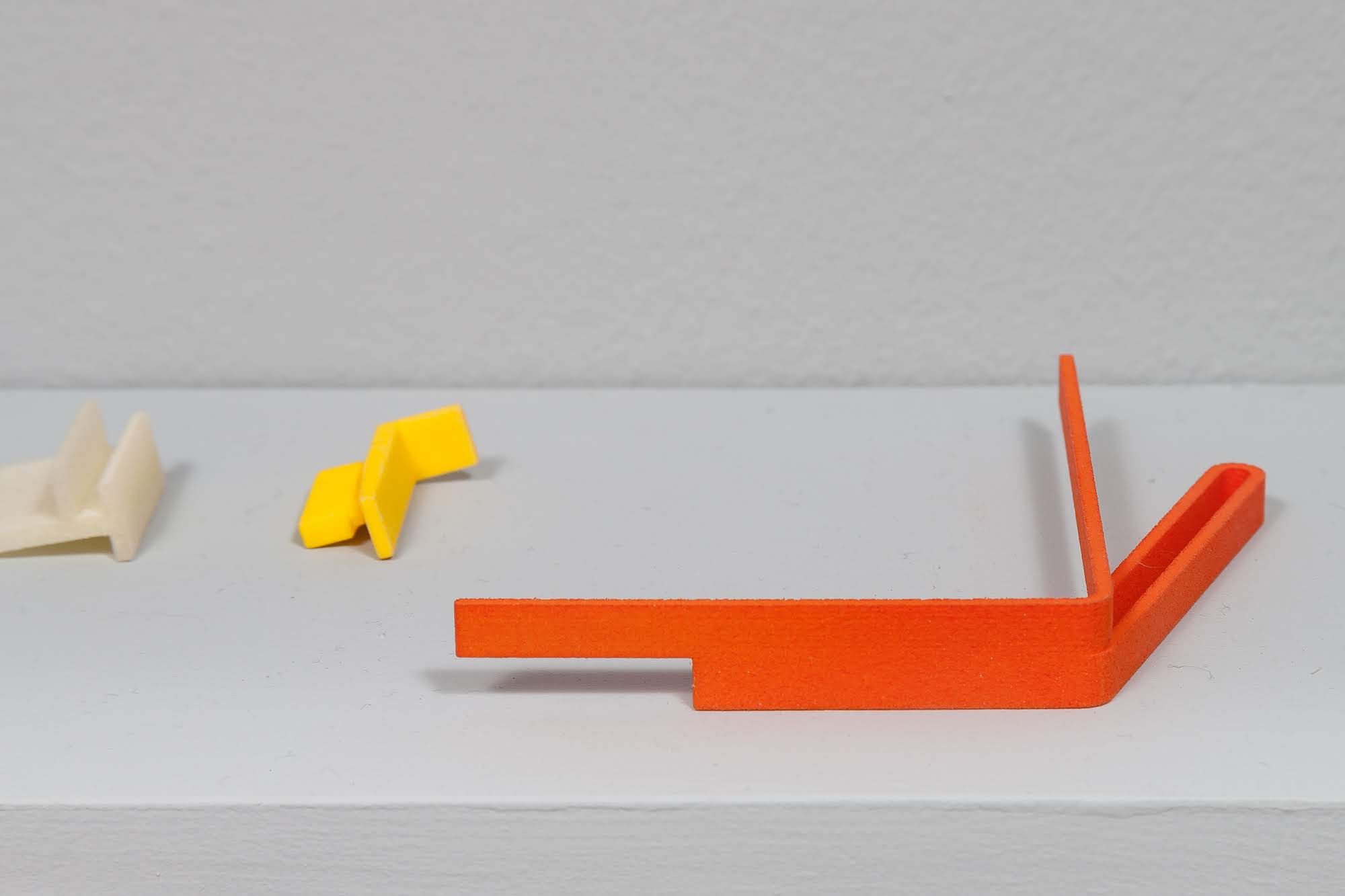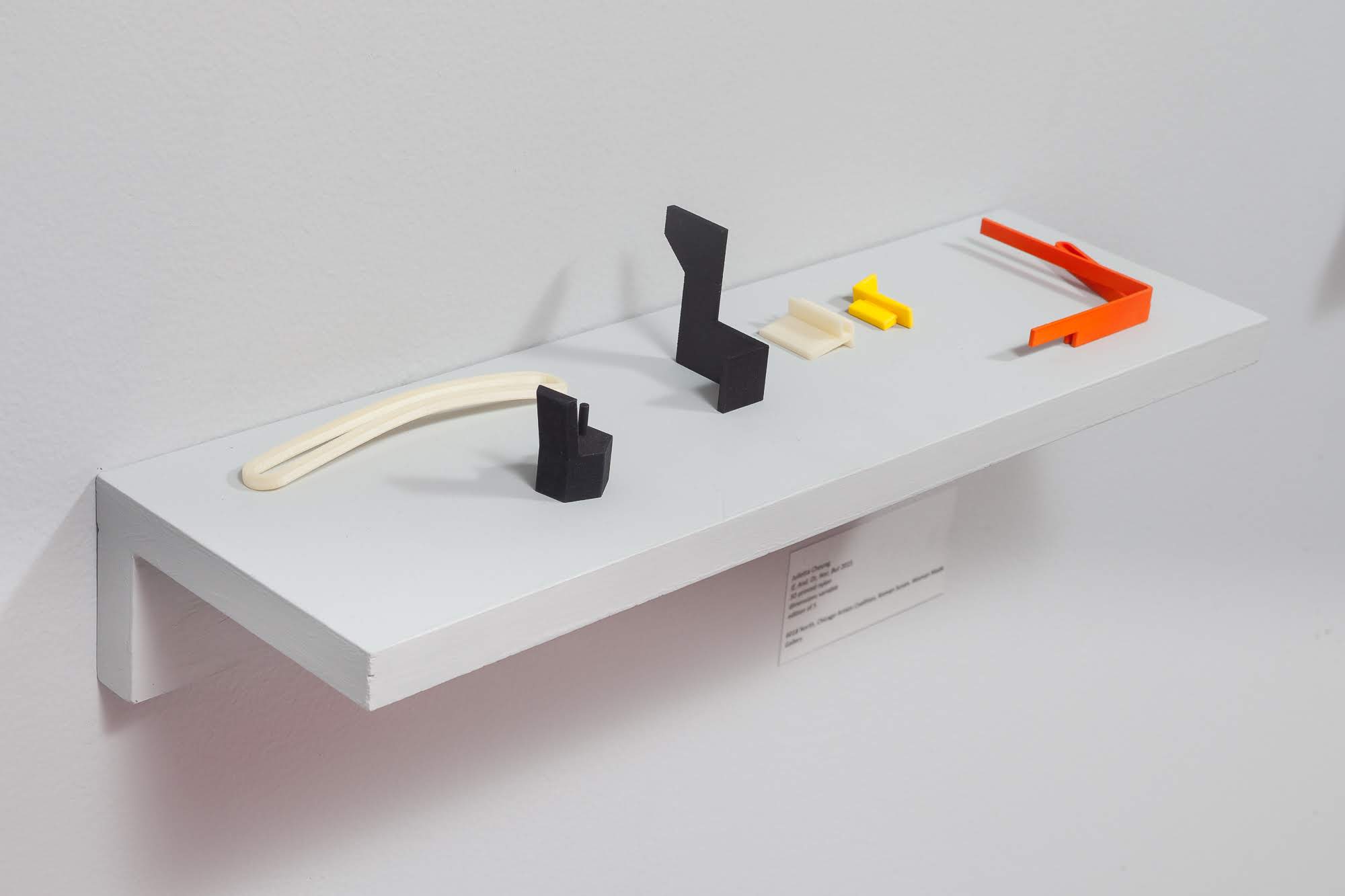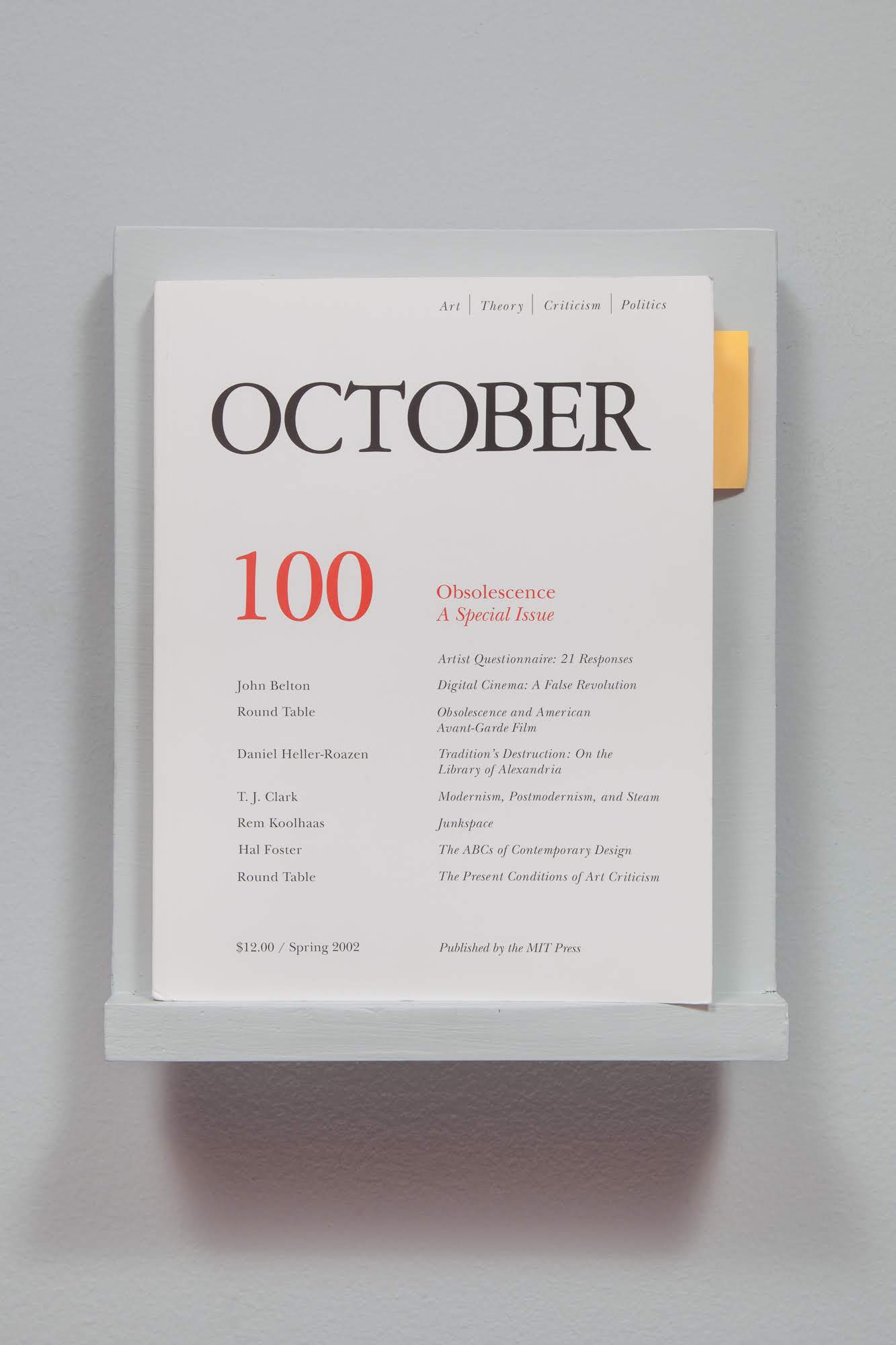After Junkspace
Edie Fake, Julietta Cheung, Jeff Prokash, Kate Conlon, Gwendolyn Zabicki, Azadeh Gholizadeh, Kevin Stuart, Kelly Kaczynski, Fidencio Fifield-Perez, and Claudia Weber
Curated by Danny Floyd for the Gaylord and Dorothy Donnelley Foundation Curatorial Fellowship, July 13 - December 14, 2018
In 2002, in a special issue on obsolescence, the critical journal October published an essay by the Dutch architect Rem Koolhaas called “Junkspace.” He coined this term for architecture that favors market demands over human need. It is beholden to neither utility nor concept and is thus infinitely interchangeable. “Junkspace is the residue mankind leaves on the planet,” Koolhaas writes. “Modernization had a rational program: to share the blessings of science, universality. Junkspace is its apotheosis.” It is what is left after the extreme height and exhaustion of Modernism, the advent of a culture so technologically advanced that it can produce architecture faster than it can understand what it means, especially for the working people that hold it up.
“The author is dead, history is dead, only the architect is left standing … an insulting evolutionary joke,” He continues. “A shortage of masters has not stopped a proliferation of masterpieces.” In this passage, he refers to Roland Barthes’ famed 1977 essay, “Death of the Author” which proclaims that “the birth of the reader must be at the cost of the death of the Author.” Signaling Postmodernism’s reversal of traditional artistic hierarchies, Barthes suggests that literature comes into being through reading, not writing. Koolhaas begs the question of why architecture remains immune to such Postmodern egalitarian values. Killing the architect would mean taking control over the narratives of architecture from the ground up, or the inside out, from the inhabitants’ perspective. Thus we could ask: after Modernism is Junkspace, but what is after Junkspace? Can a creative working class reclaim meaning and human need in our built environment? This exhibition brings together artists who are examining the built environment in this spirit.
Through various approaches, they explore their surroundings with intrigue, novelty, and sincerity, whereas “Junkspace is the body double of space, a territory of impaired vision, limited expectation, reduced earnestness..., the Bermuda Triangle of concepts, an abandoned petri dish.” Some work imagines fictional architectural realities with curiosity and exuberance. Others contemplate the complicated ways that the space of home or community spaces form our identities. Many of the artists valorize labor while Junkspace tries to hide it. The artists take care in craft, while in Junkspace, “verbs unknown and unthinkable in architectural history–clamp, stick, fold, dump, glue, shoot, double, fuse–have become indispensable.”
Perhaps Koolhaas’ 2002 essay was a warning. The economic collapse of 2008 was a precipice of Junkspace out of which architecture is still climbing. The only thing more Junkspace than a high-rise luxury hotel is one half-built on indefinite hold. But with hope, we can keep this in mind while having an art exhibition in an office building. Koolhaas calls offices “the next frontier of Junkspace,” but it doesn’t have to be. Even at this critical economic juncture, Junkspace can be reinvented. Perhaps we are not forever “condemned to a perpetual Jacuzzi with millions of [our] best friends” as Koolhaas suggests.

